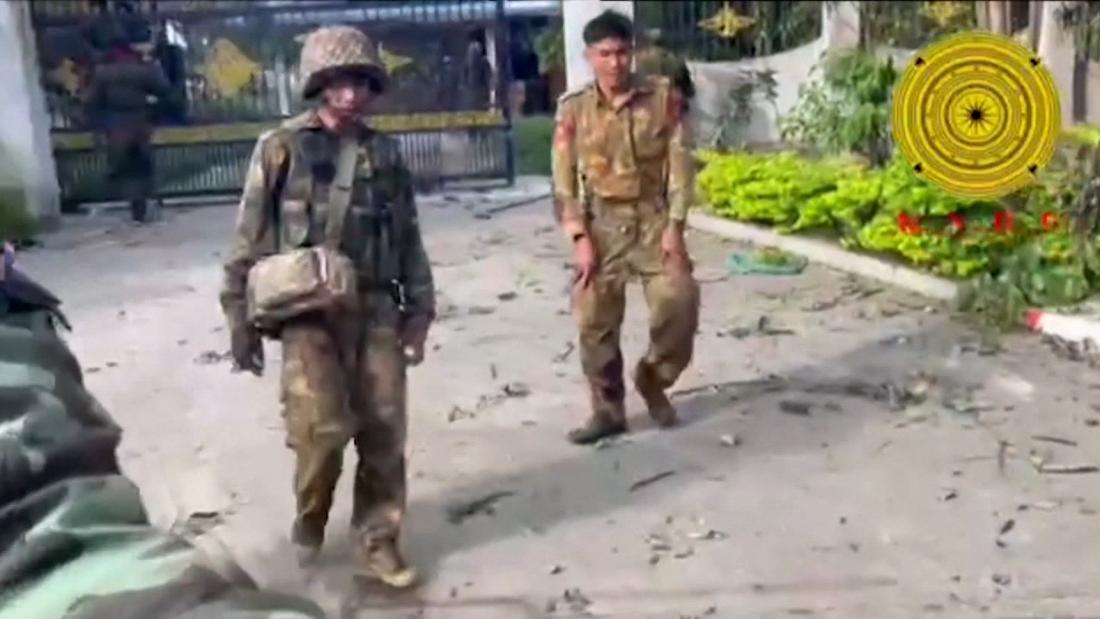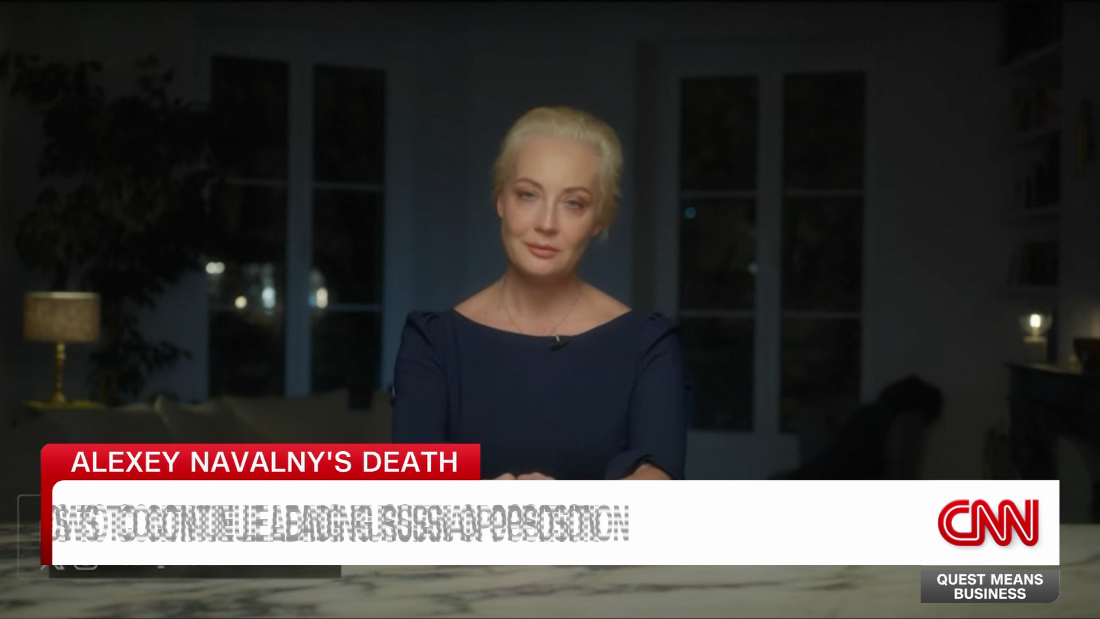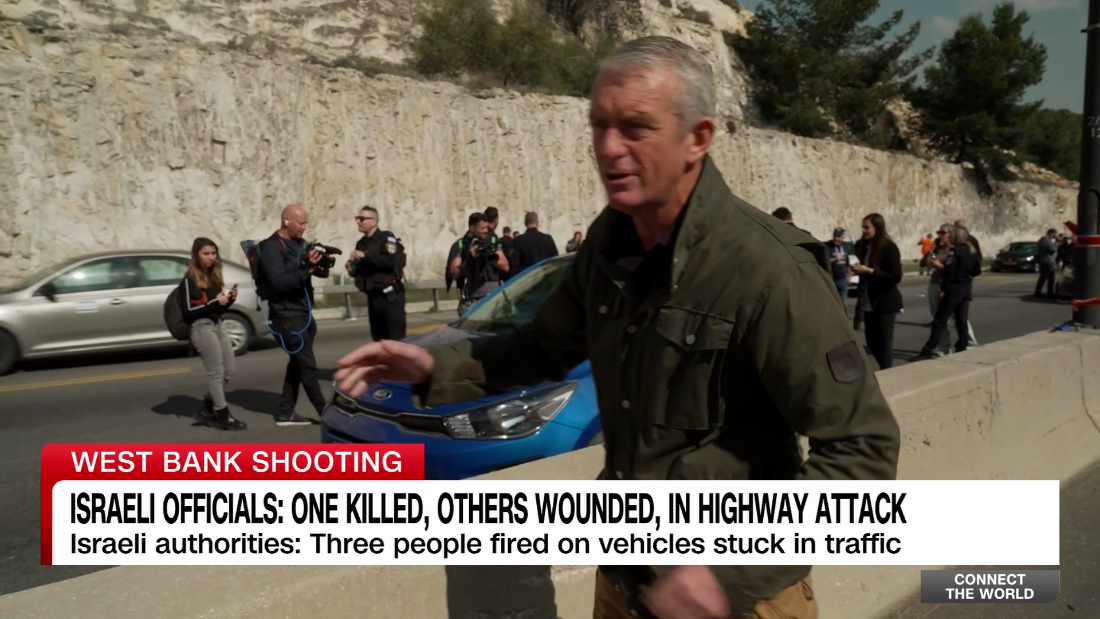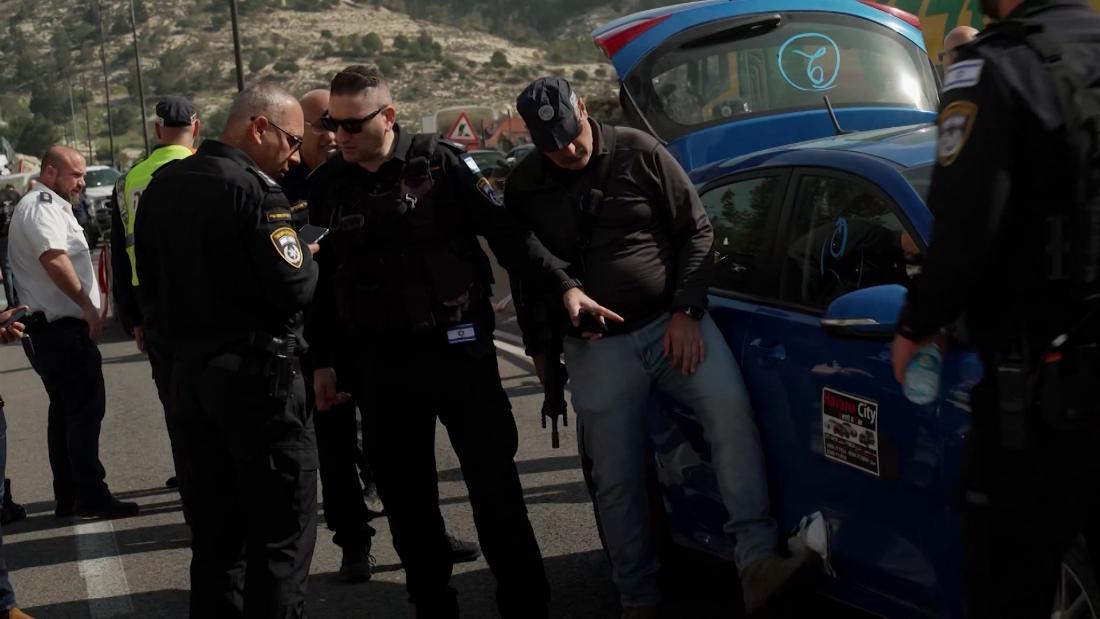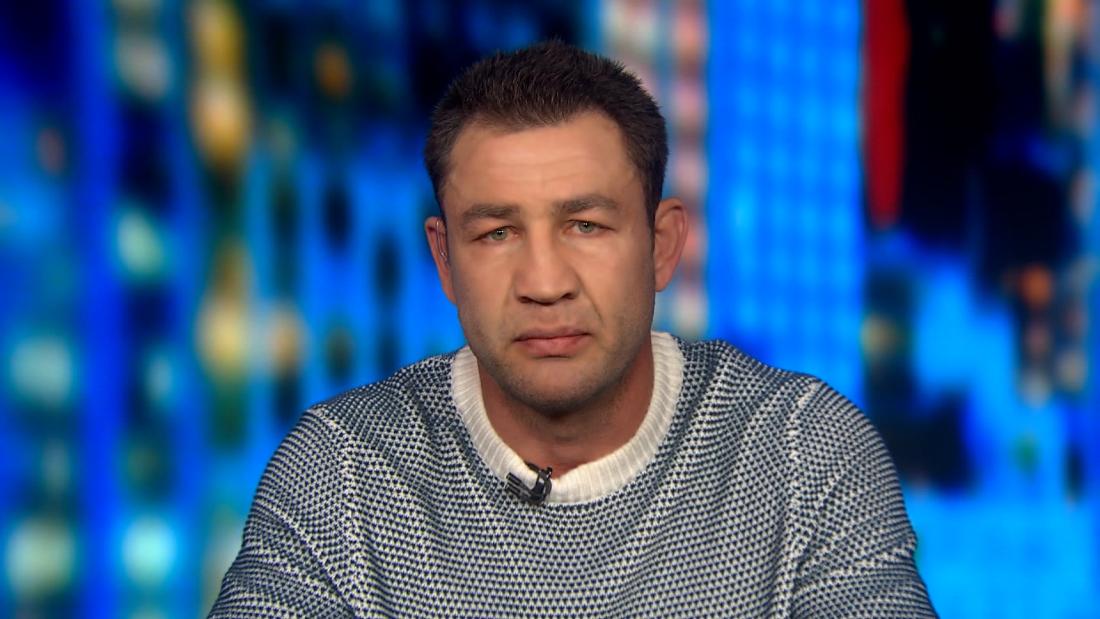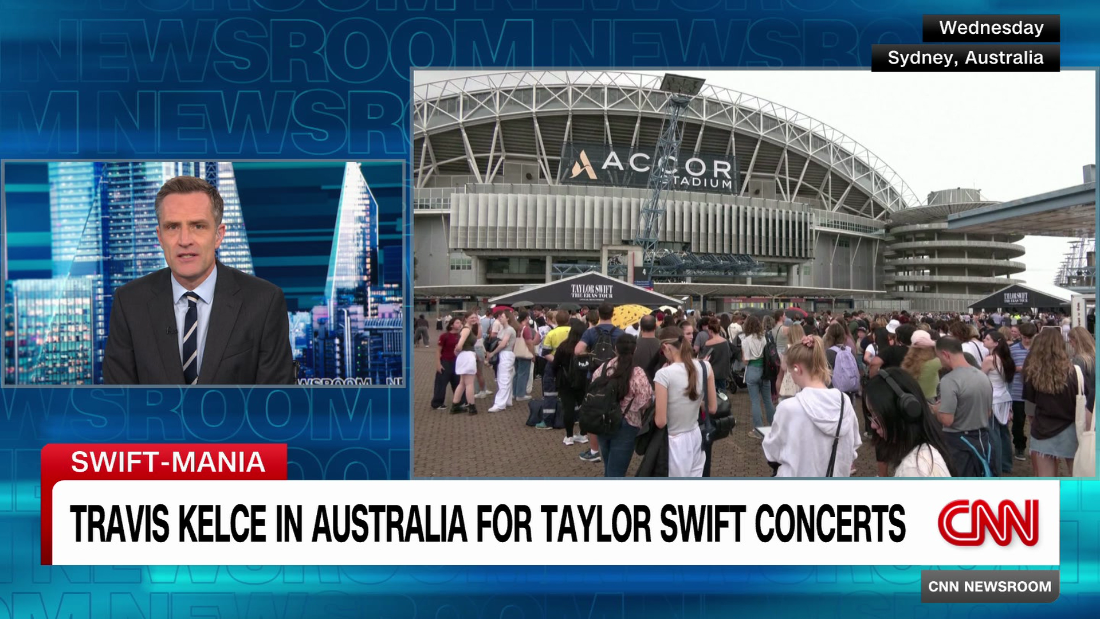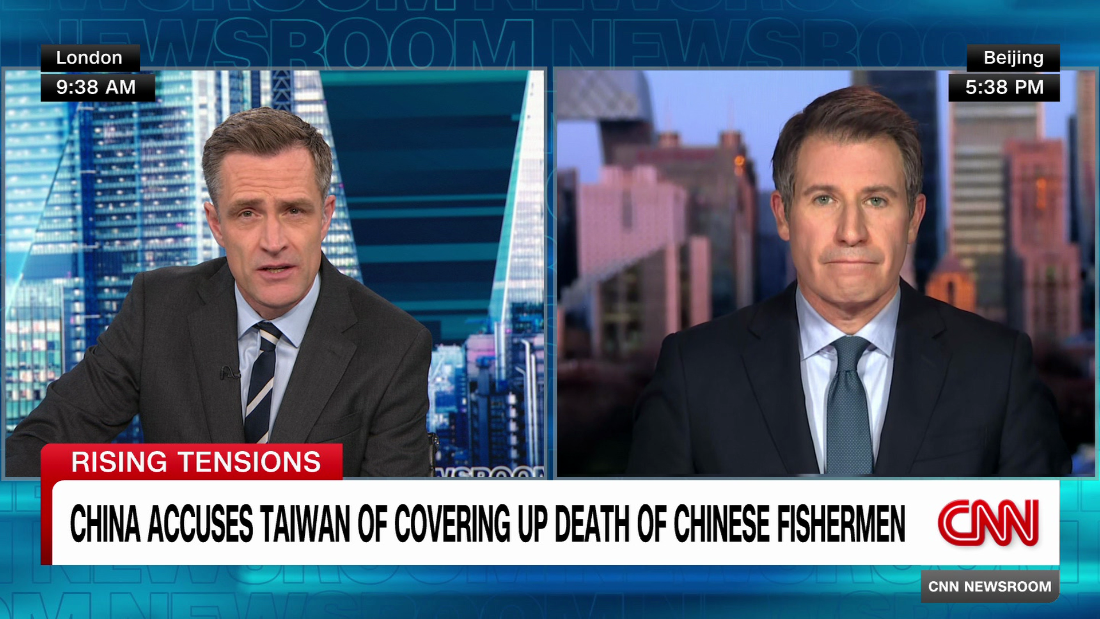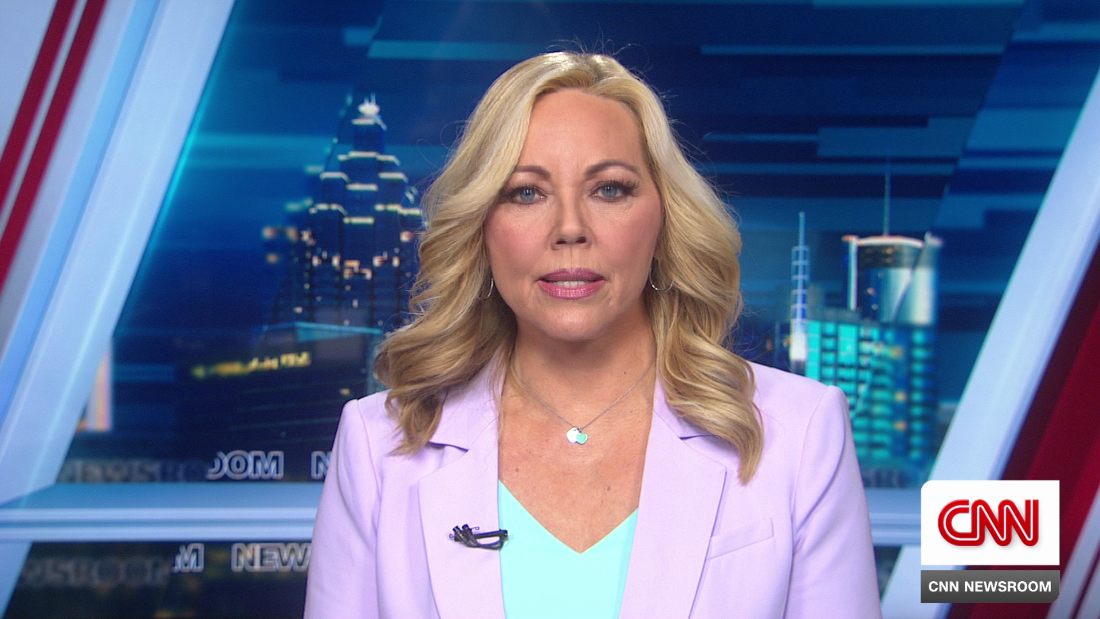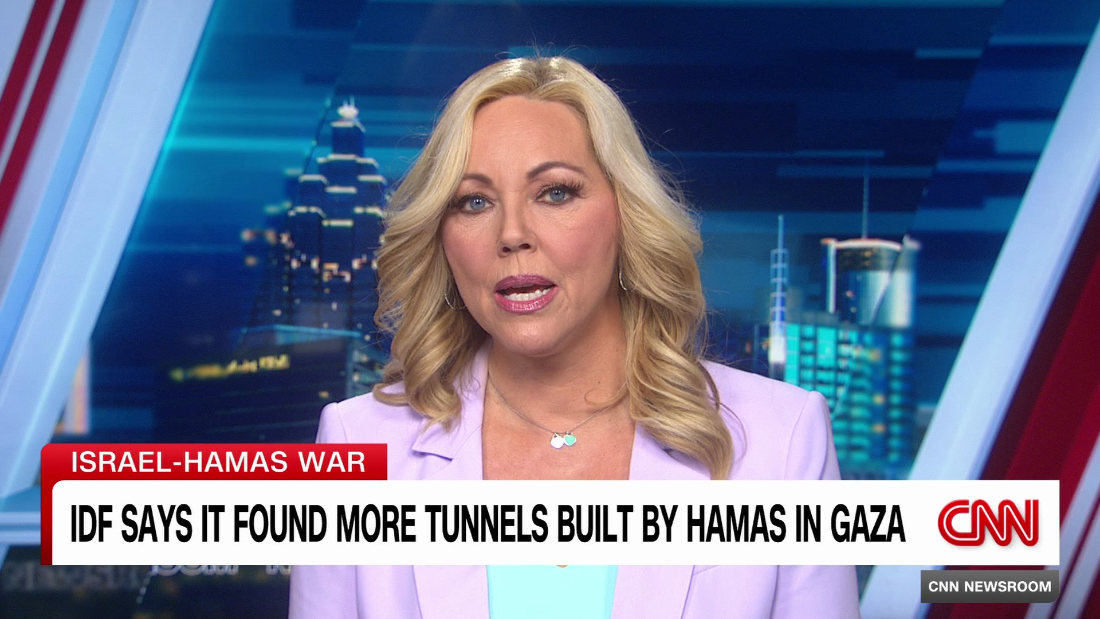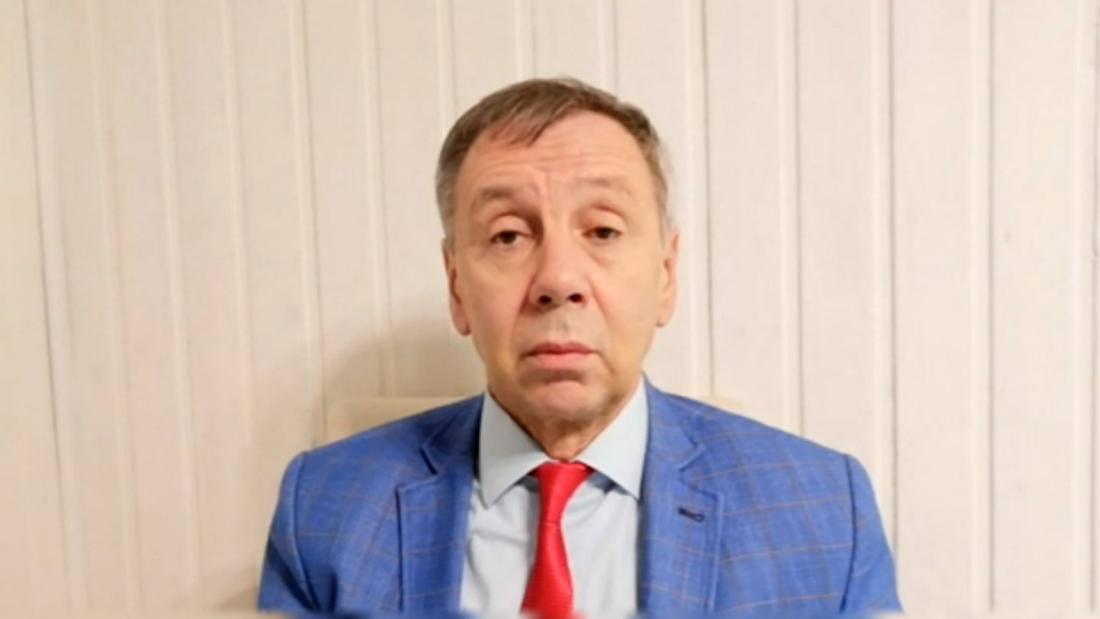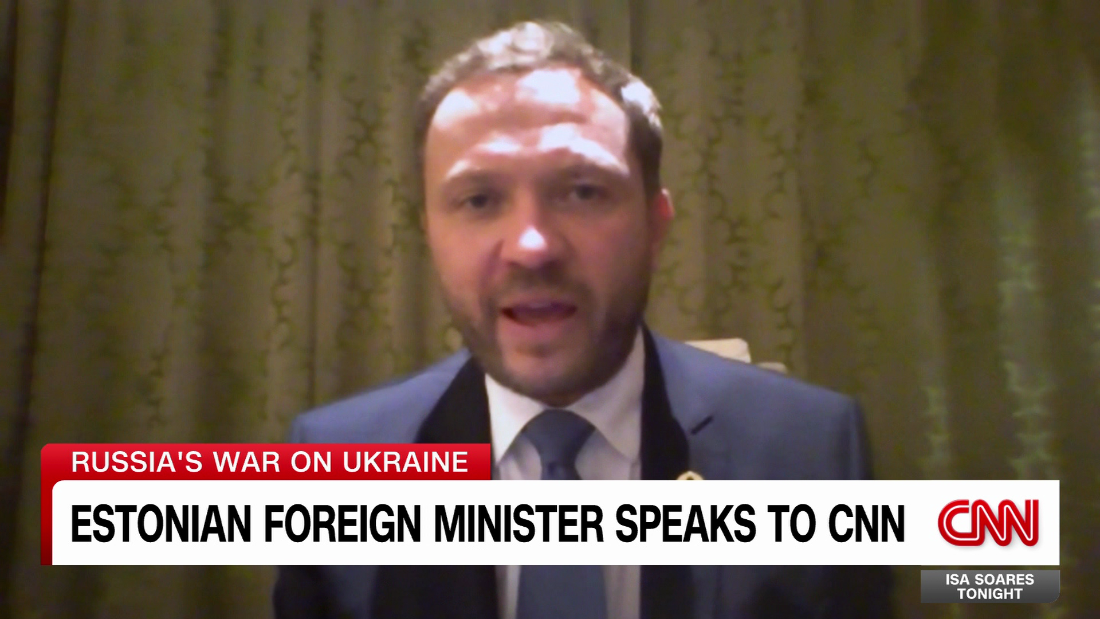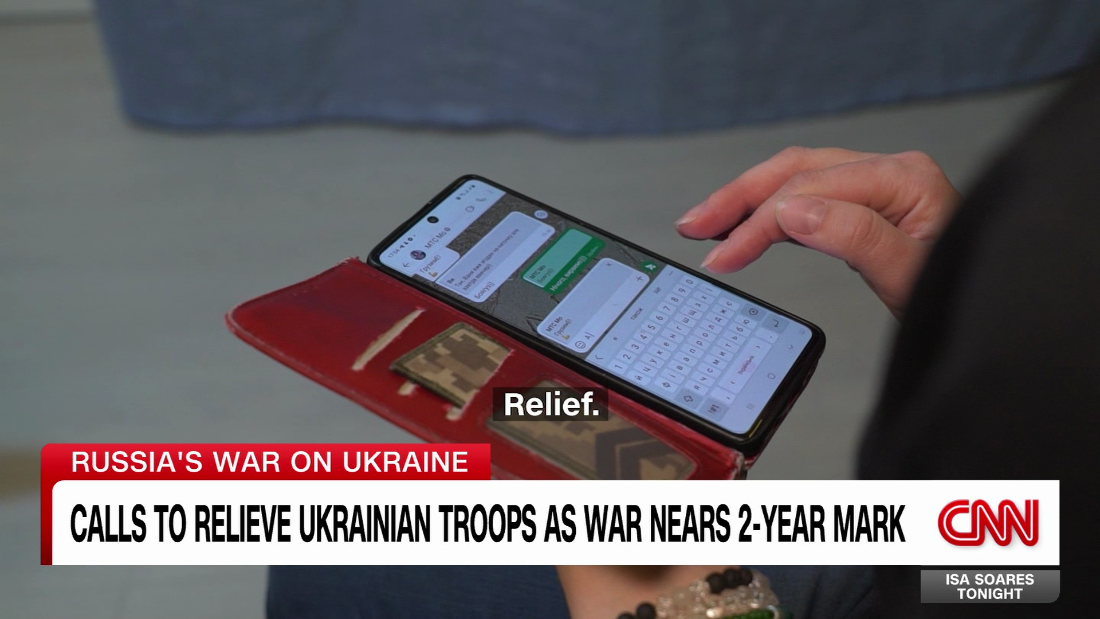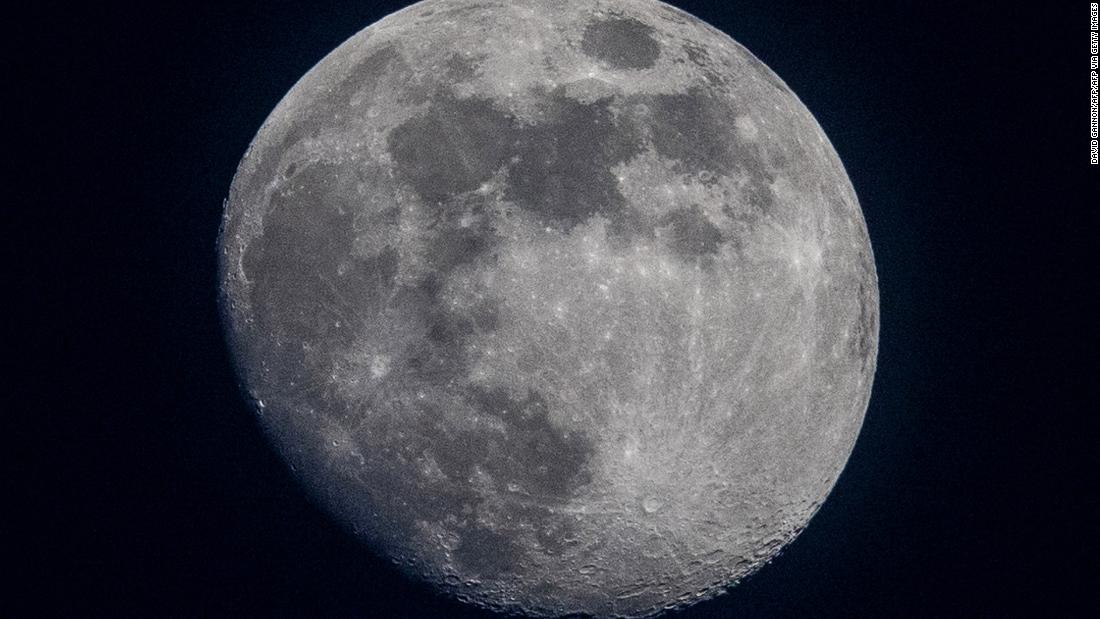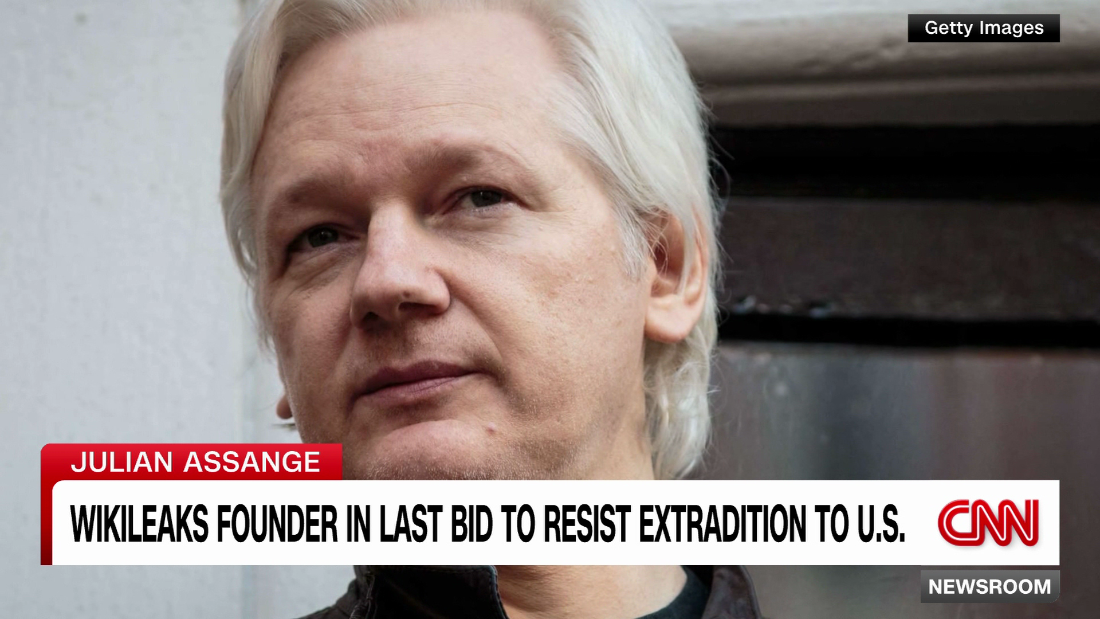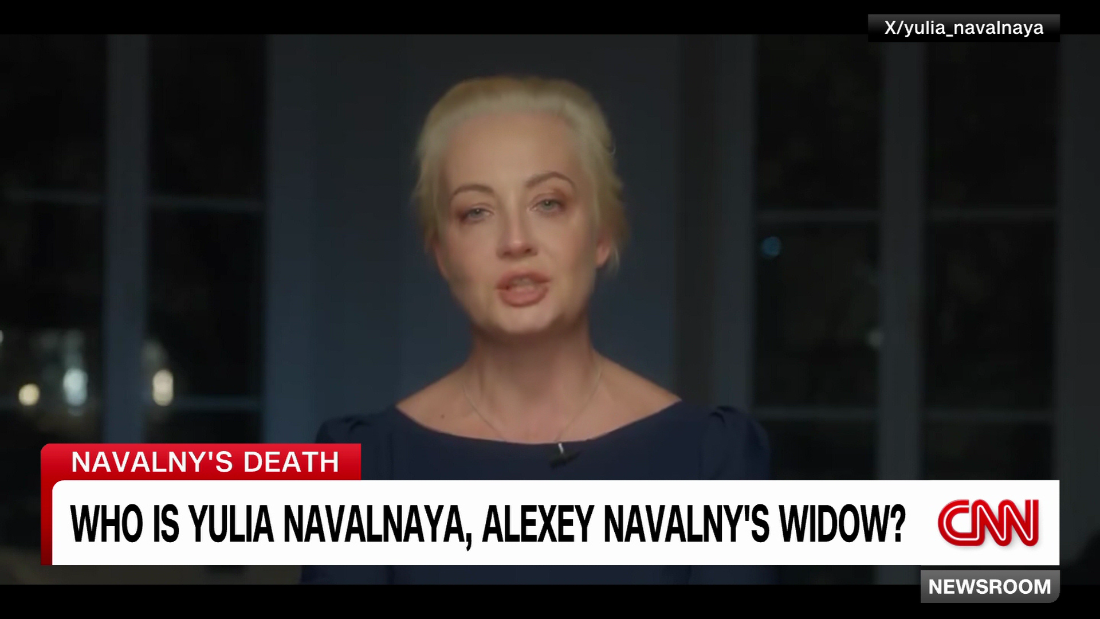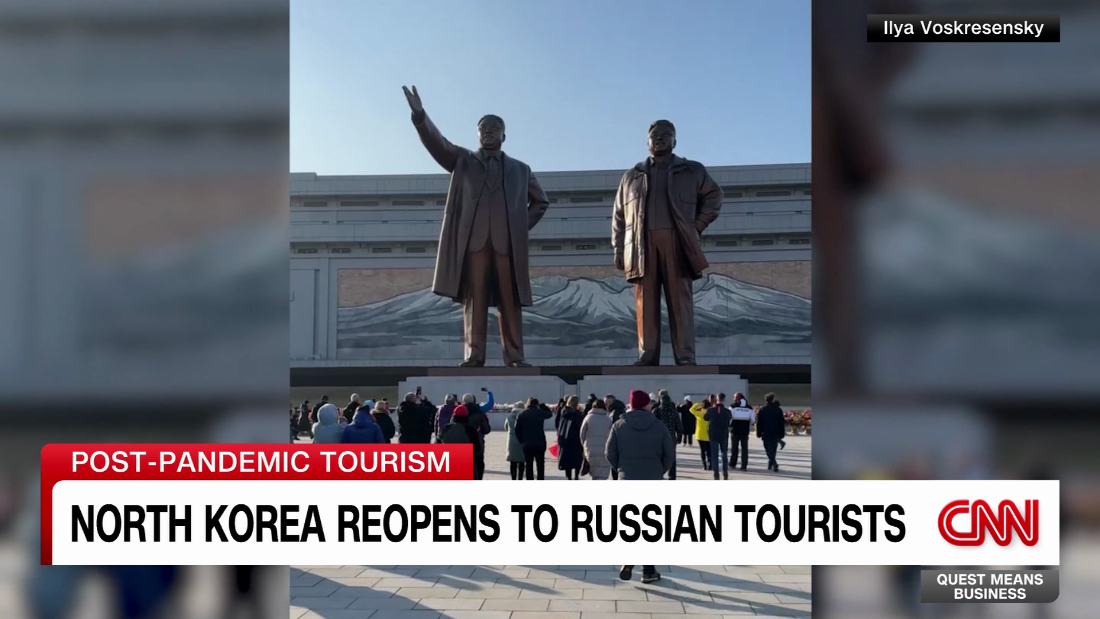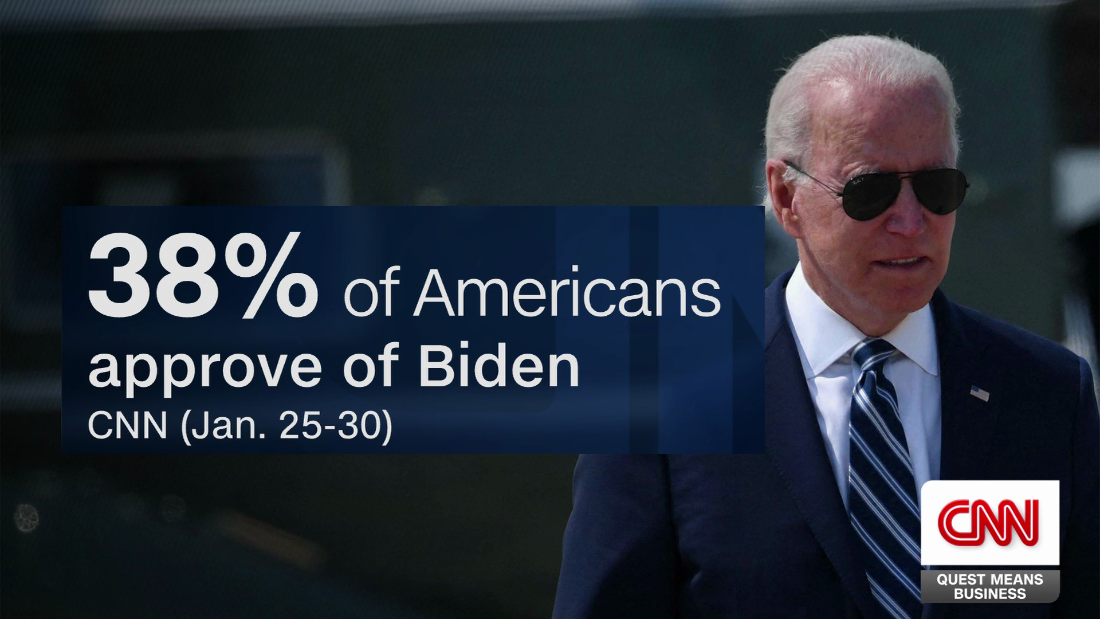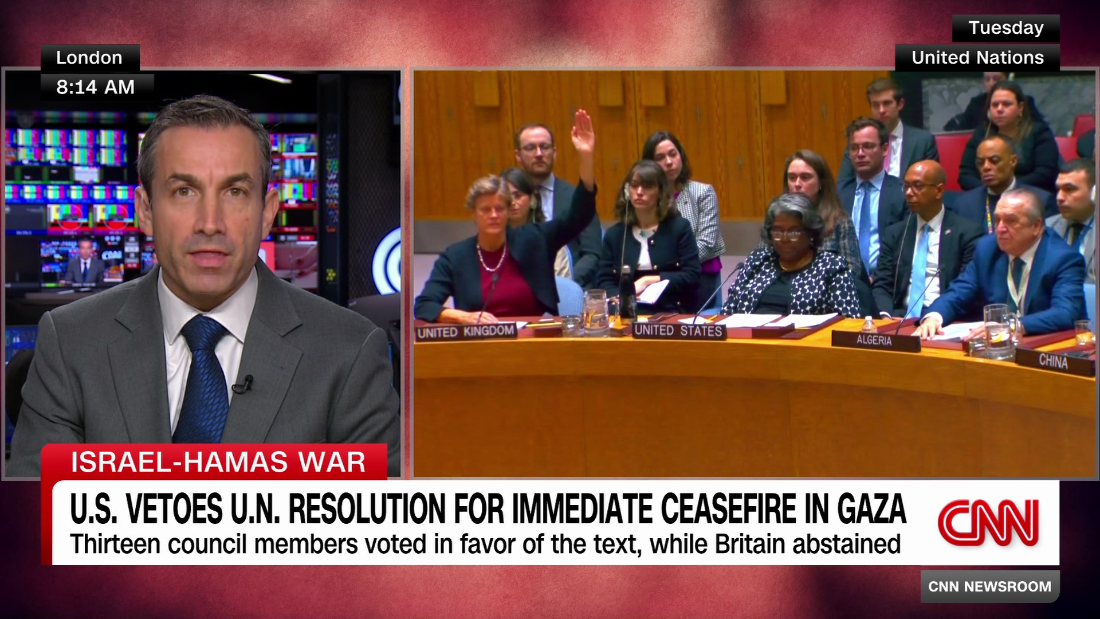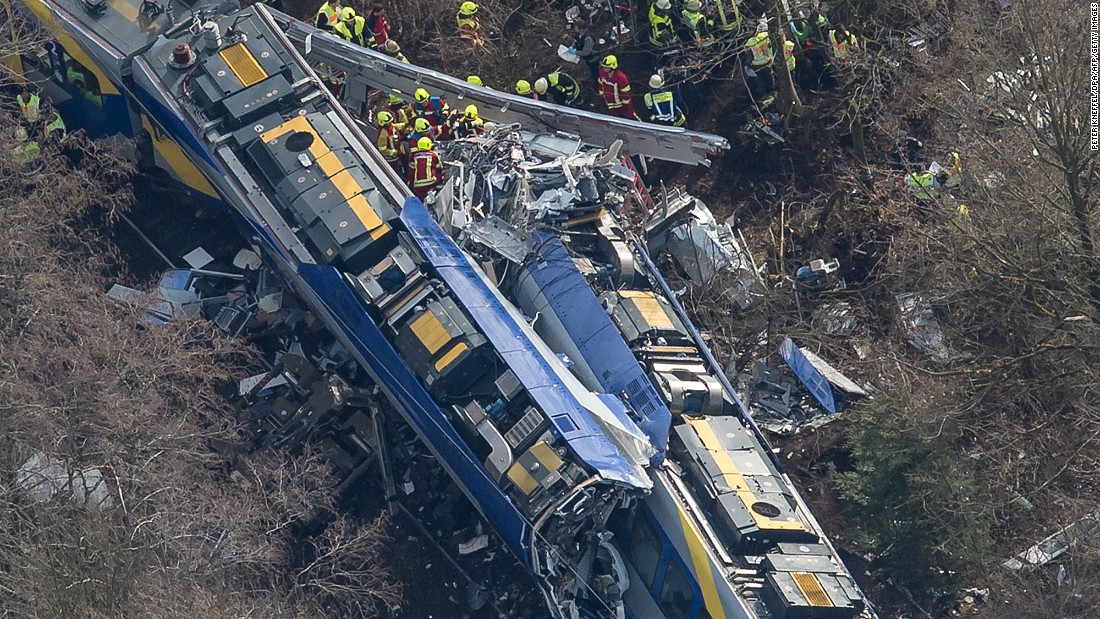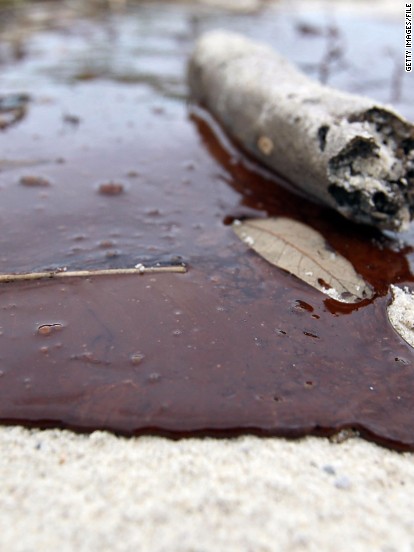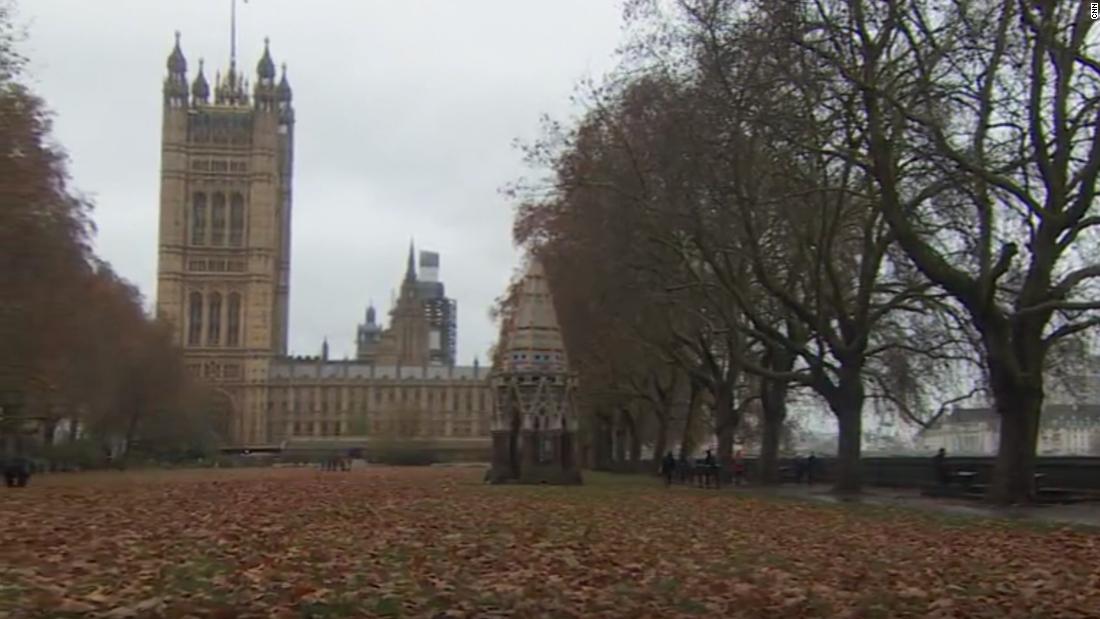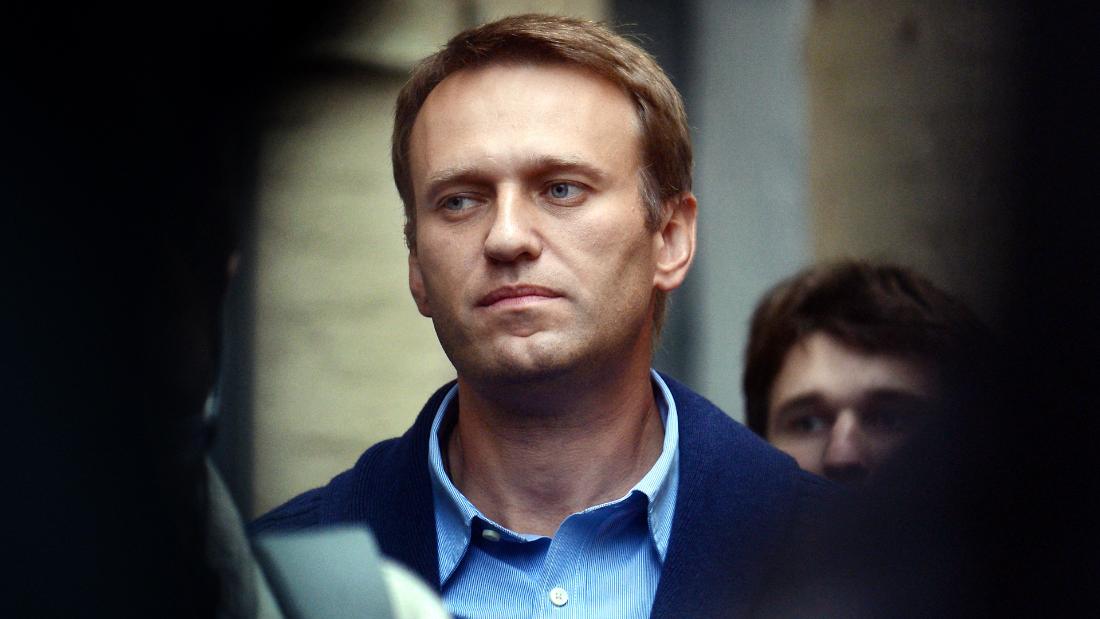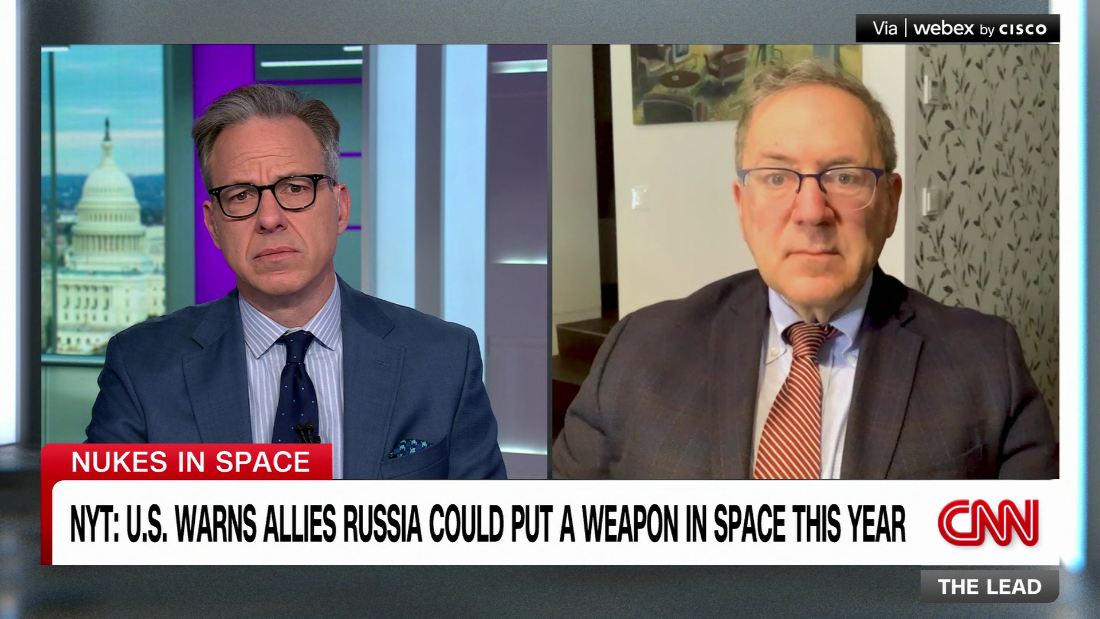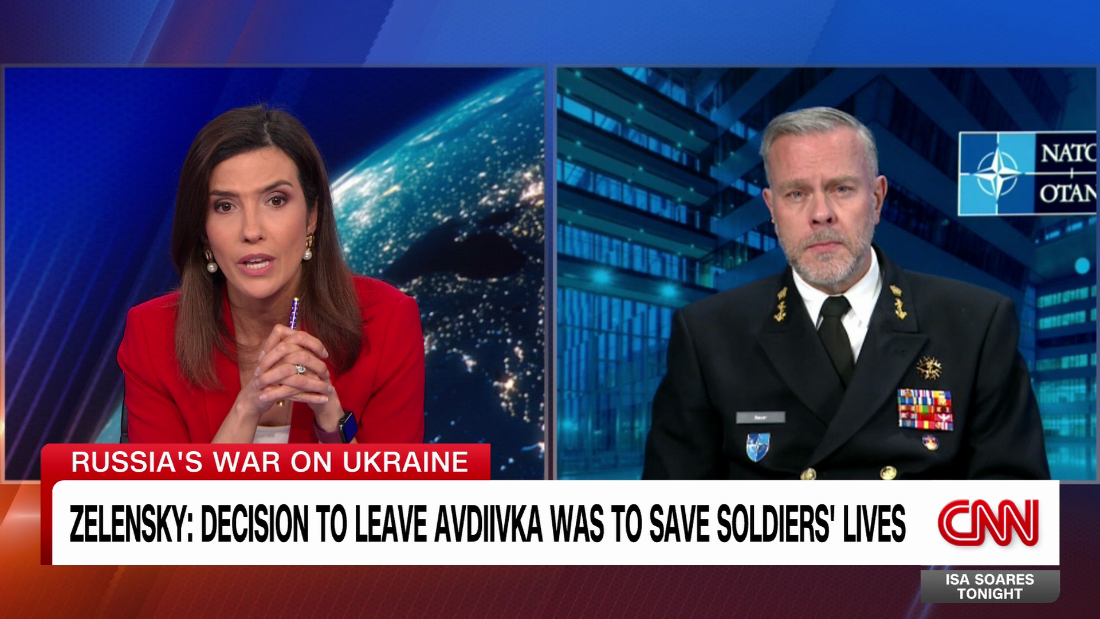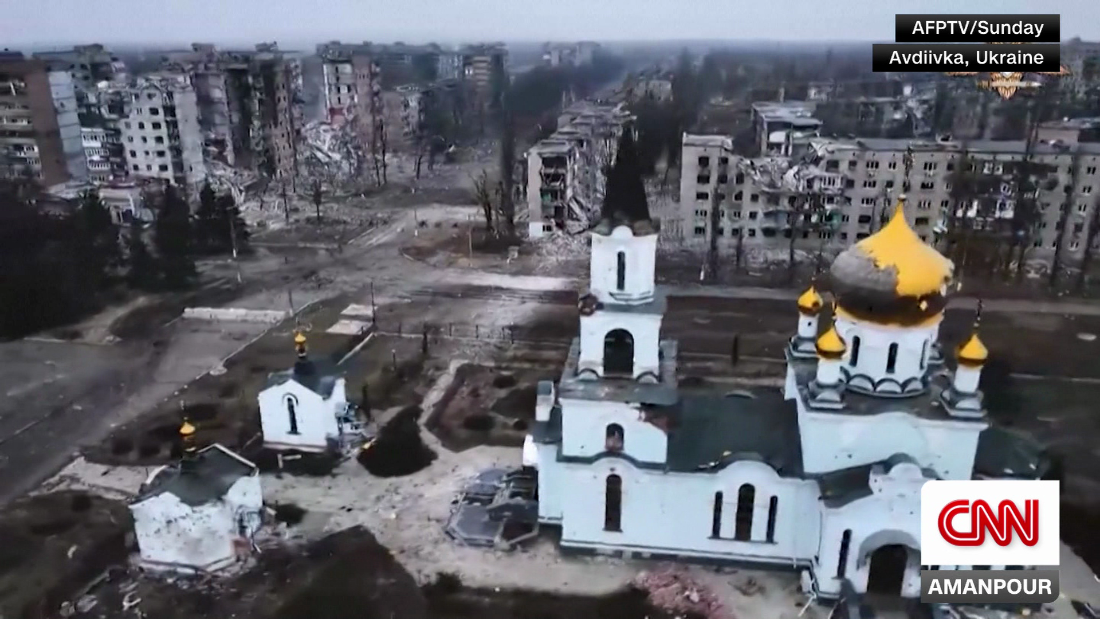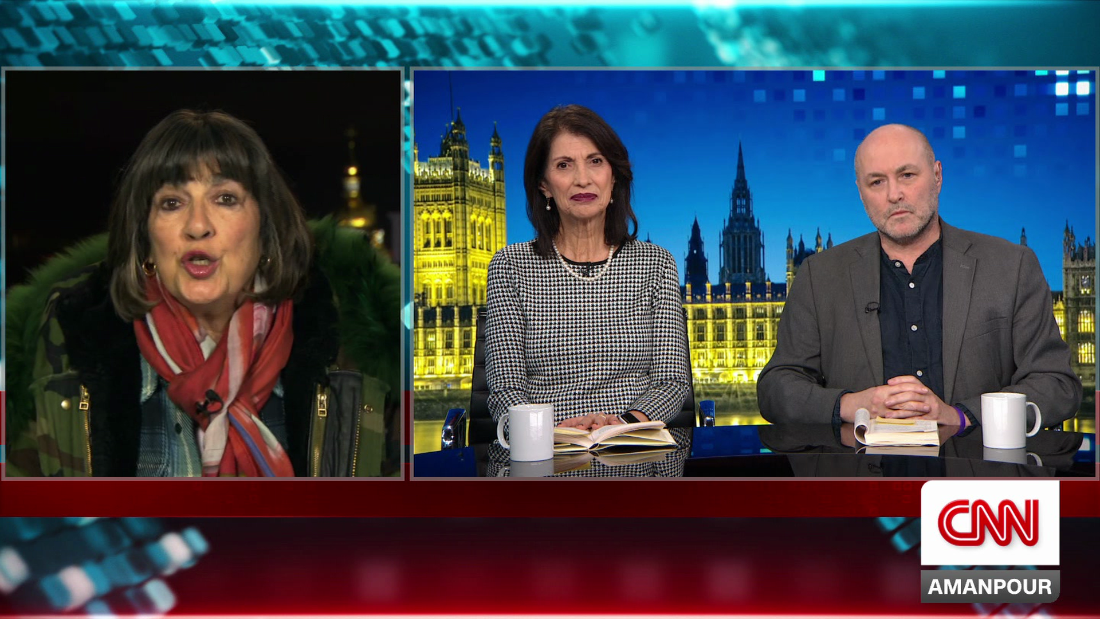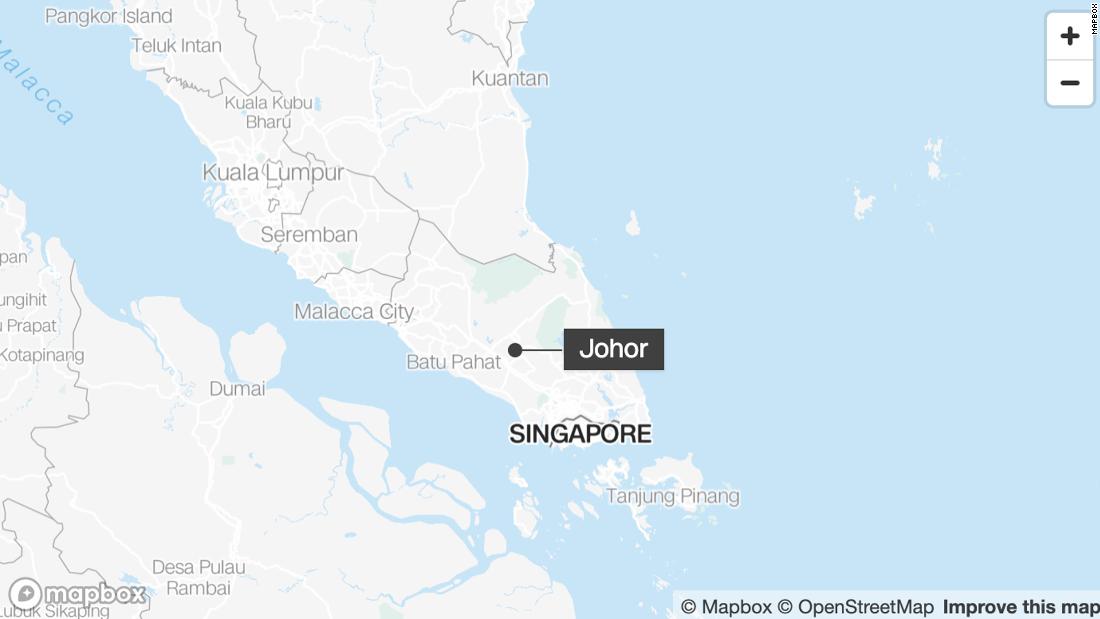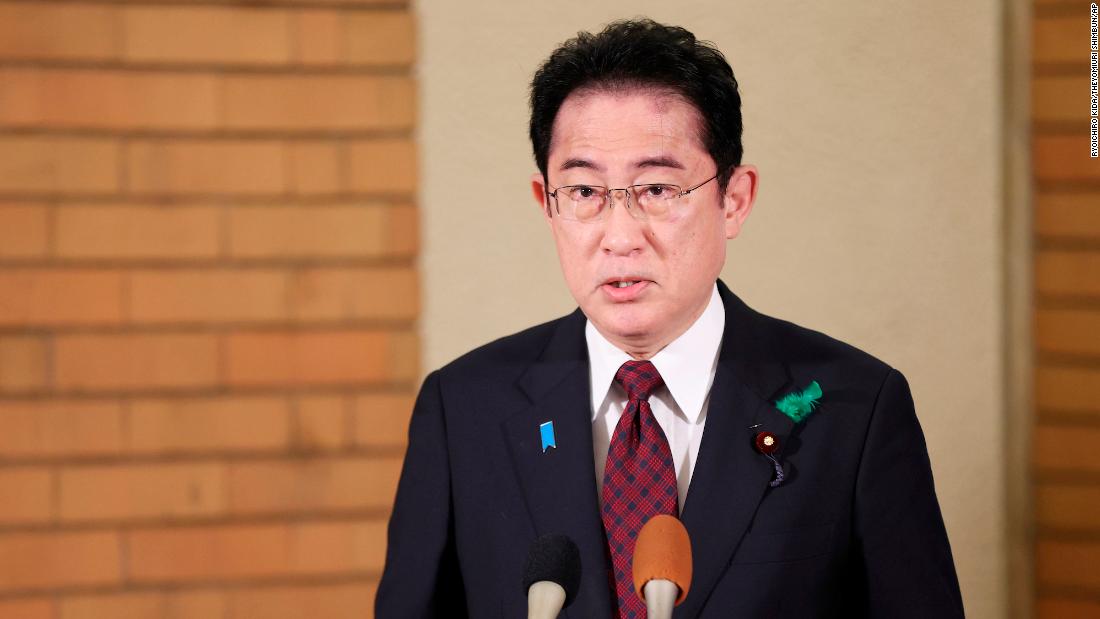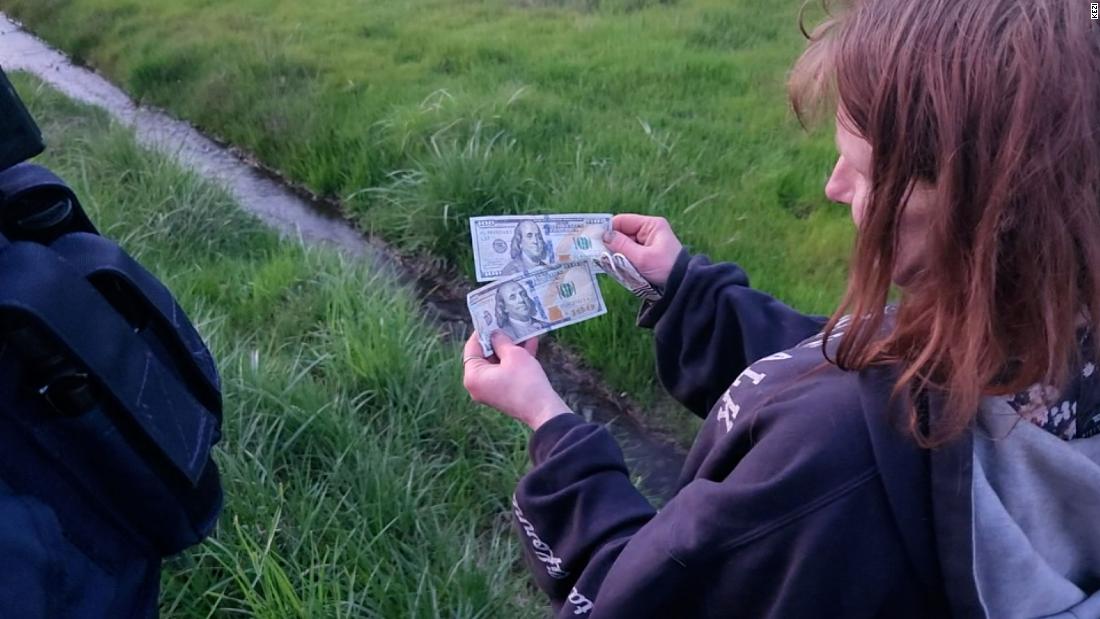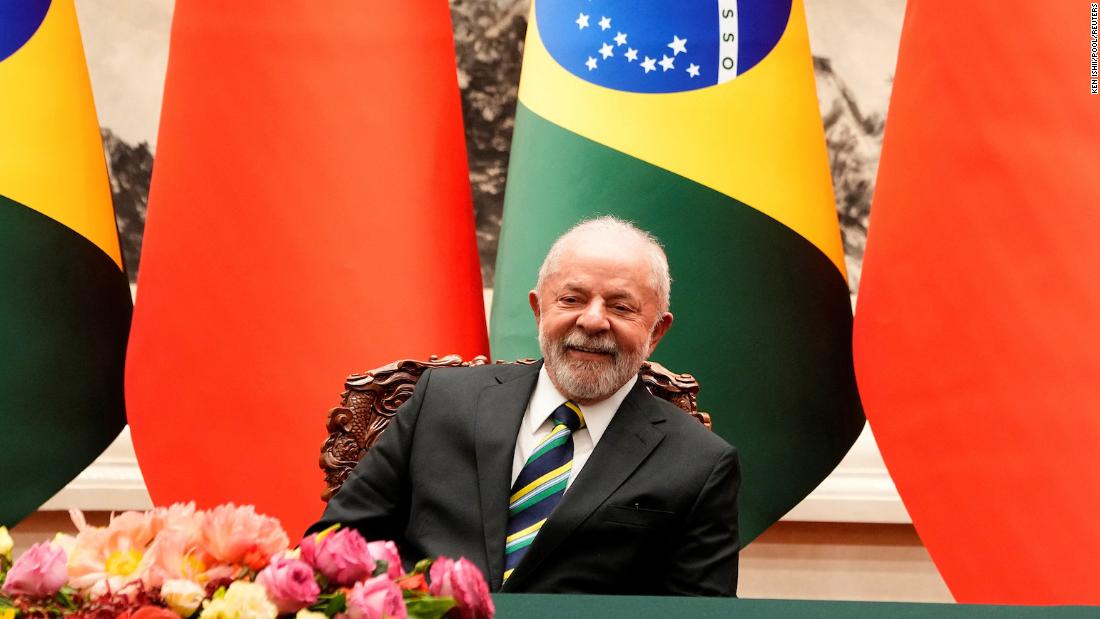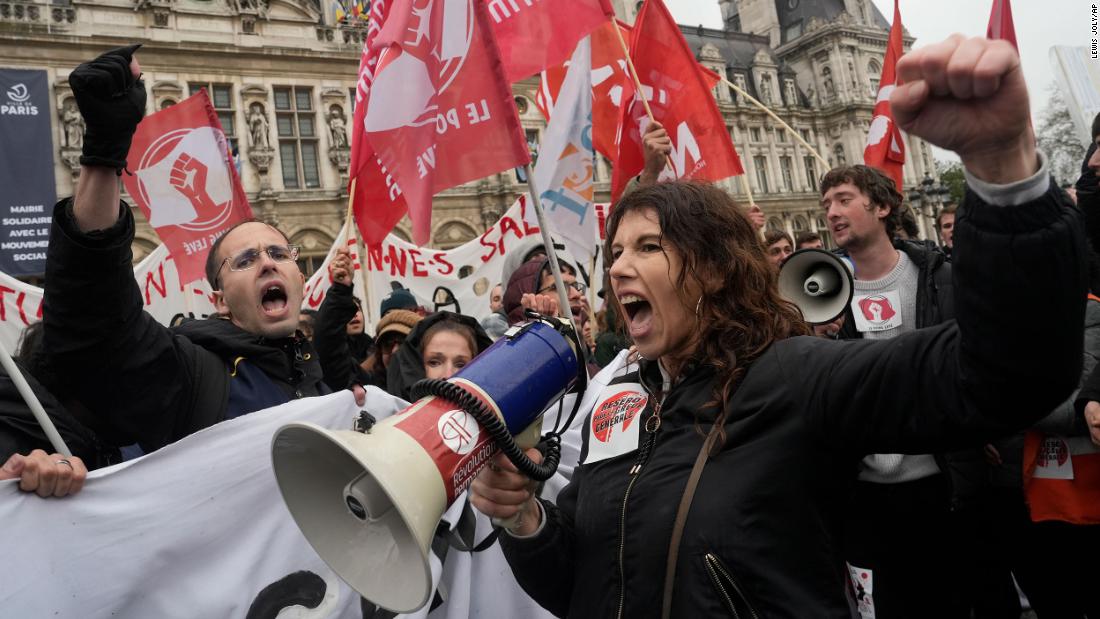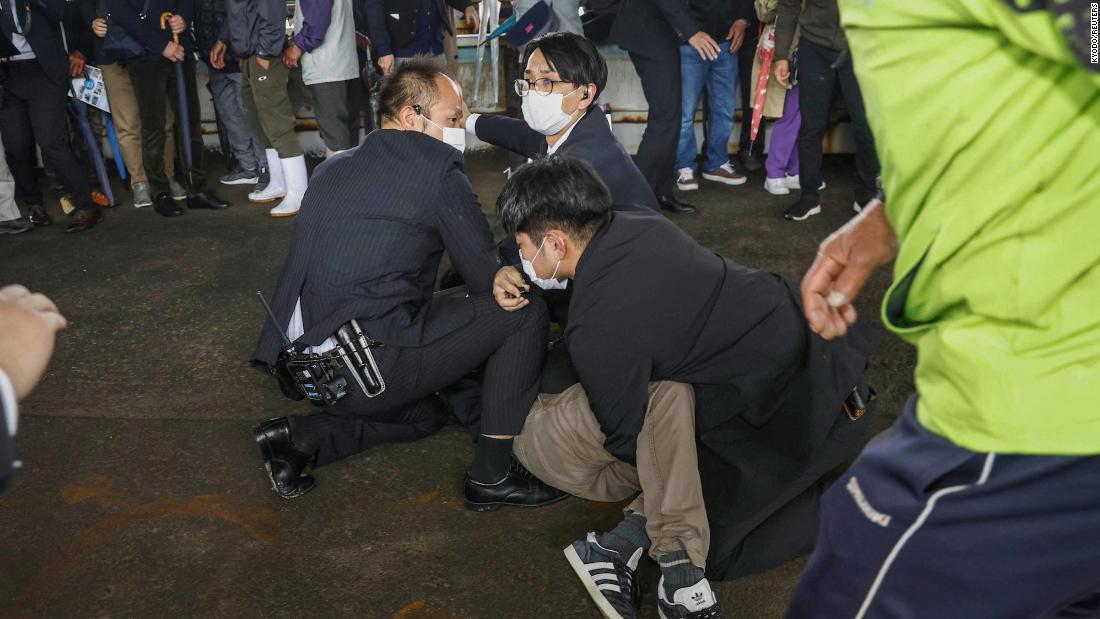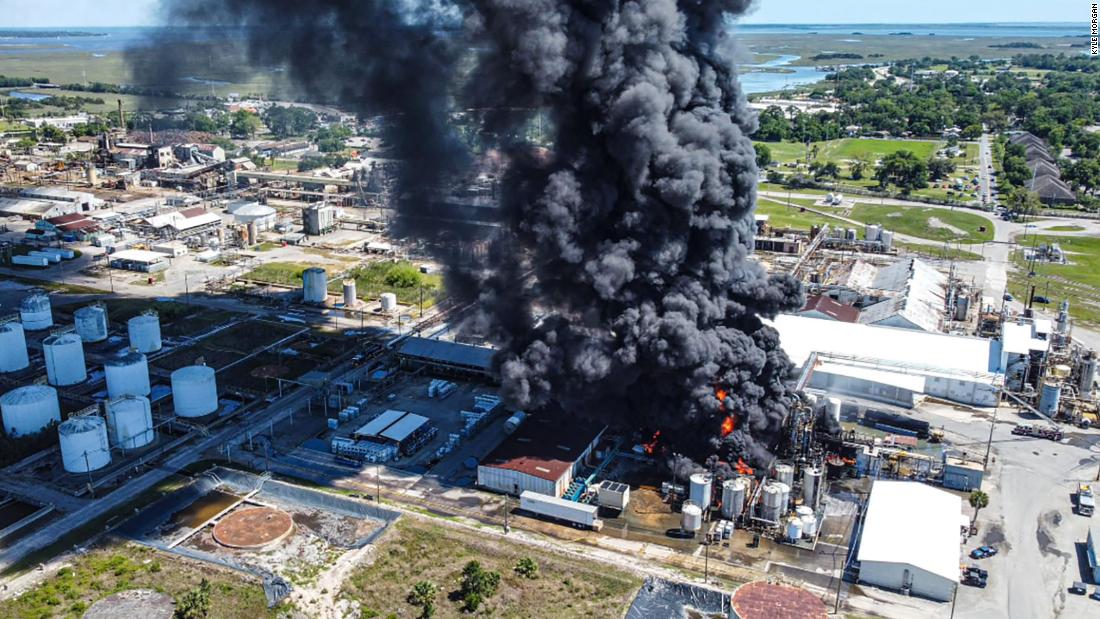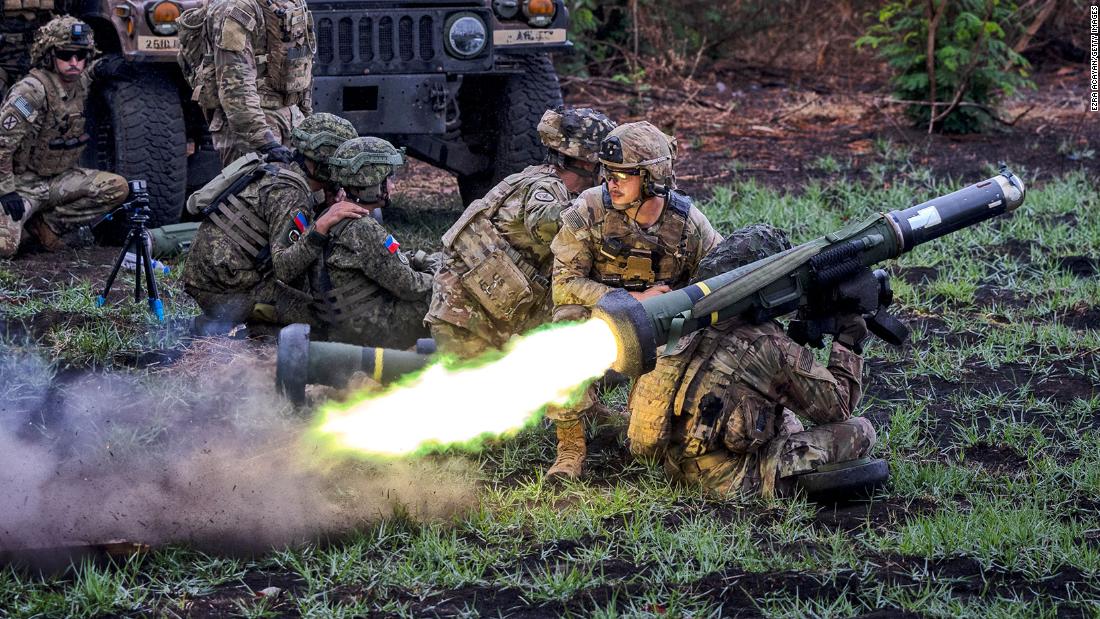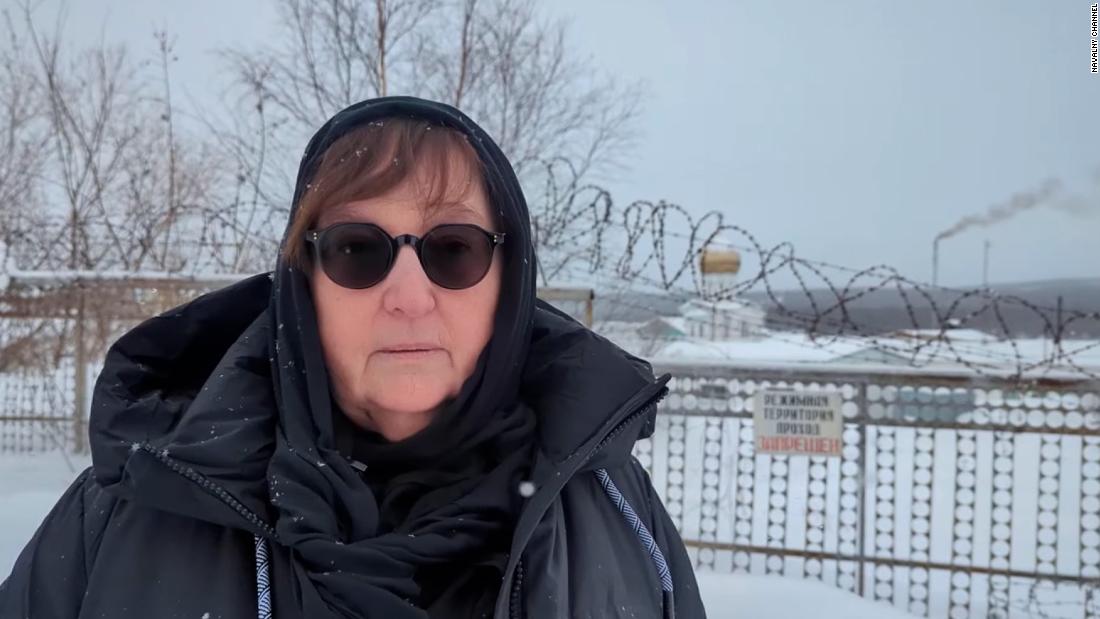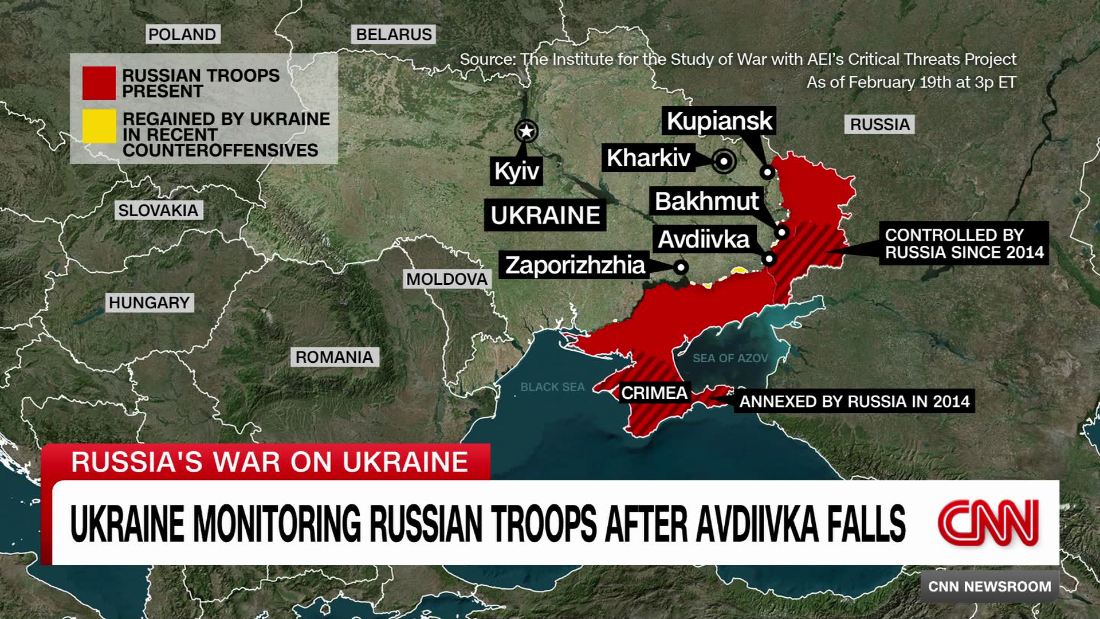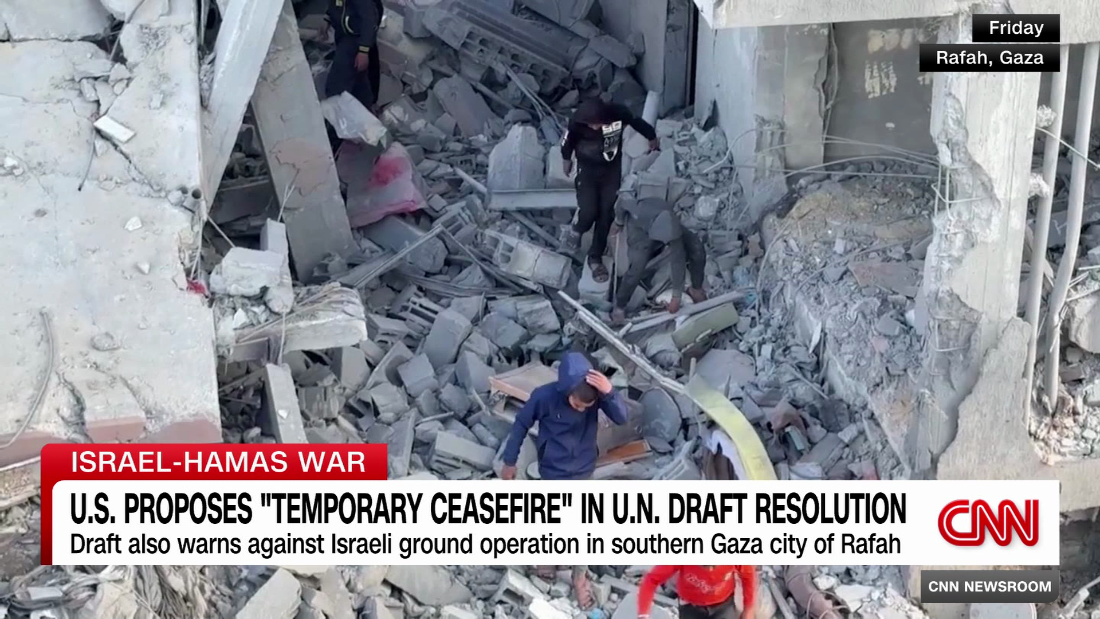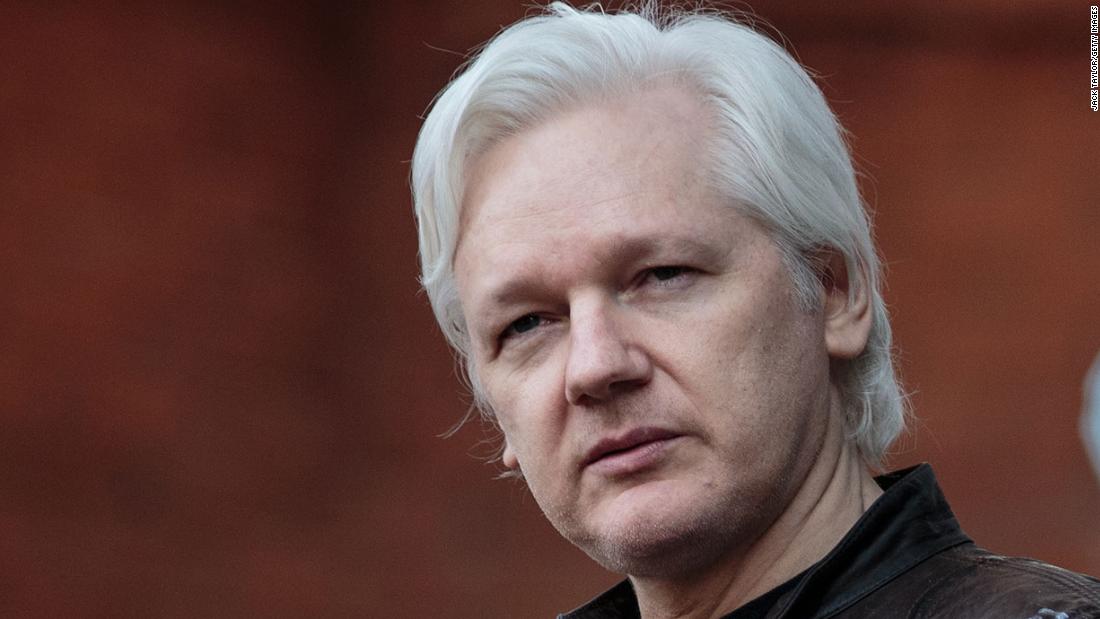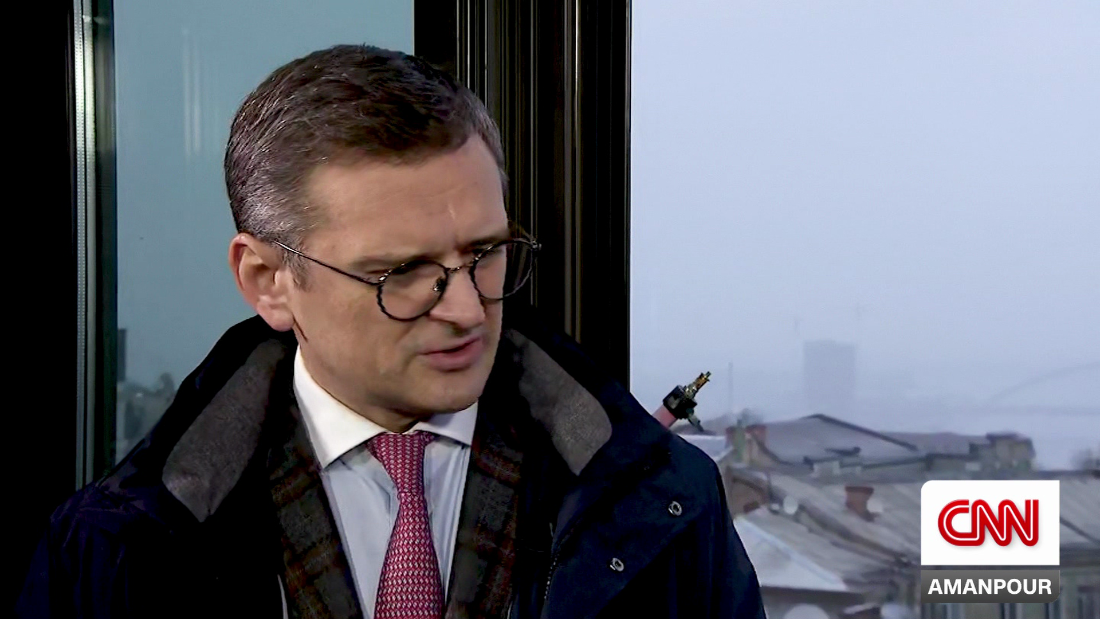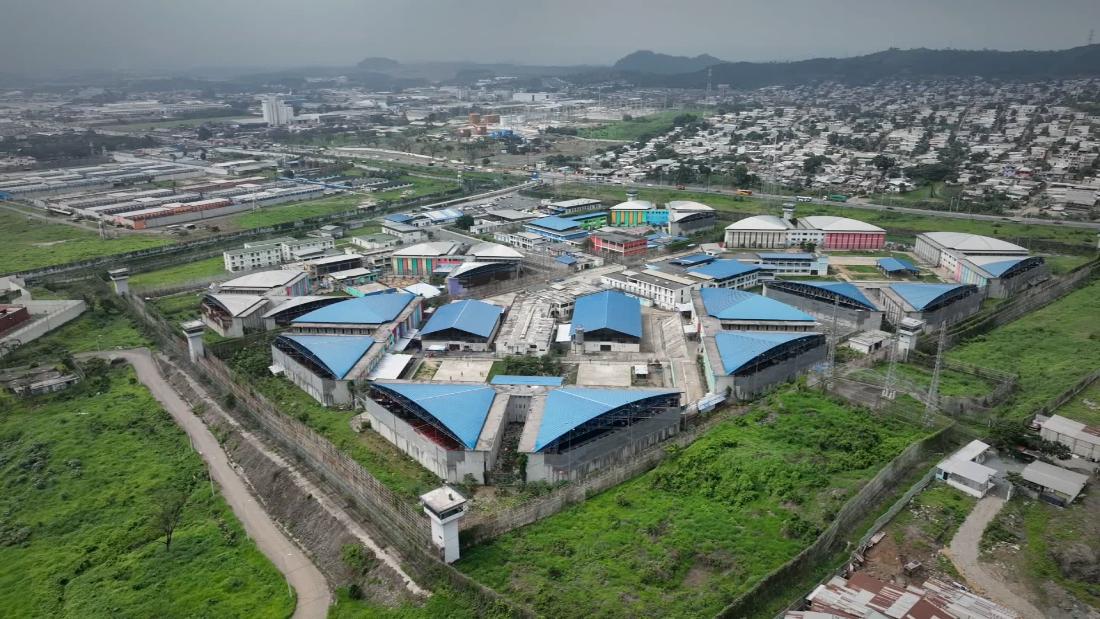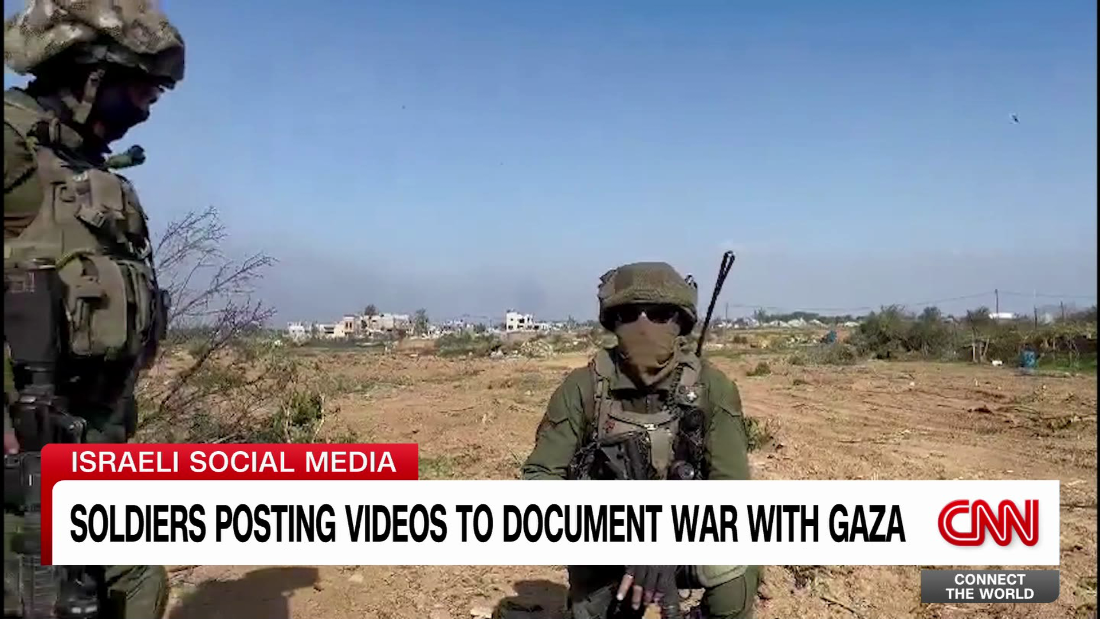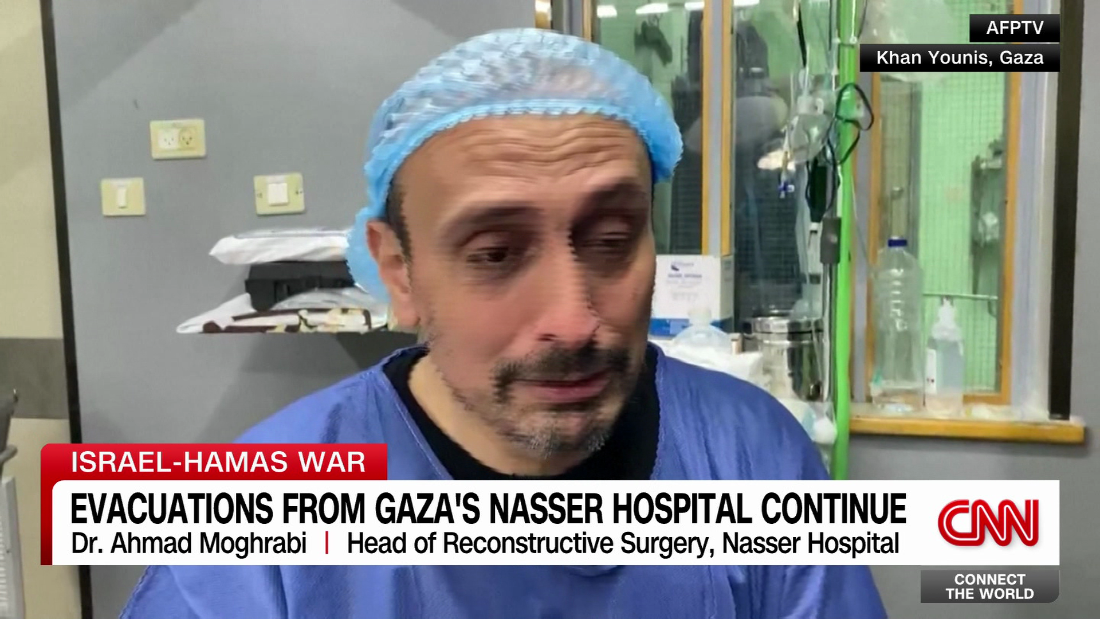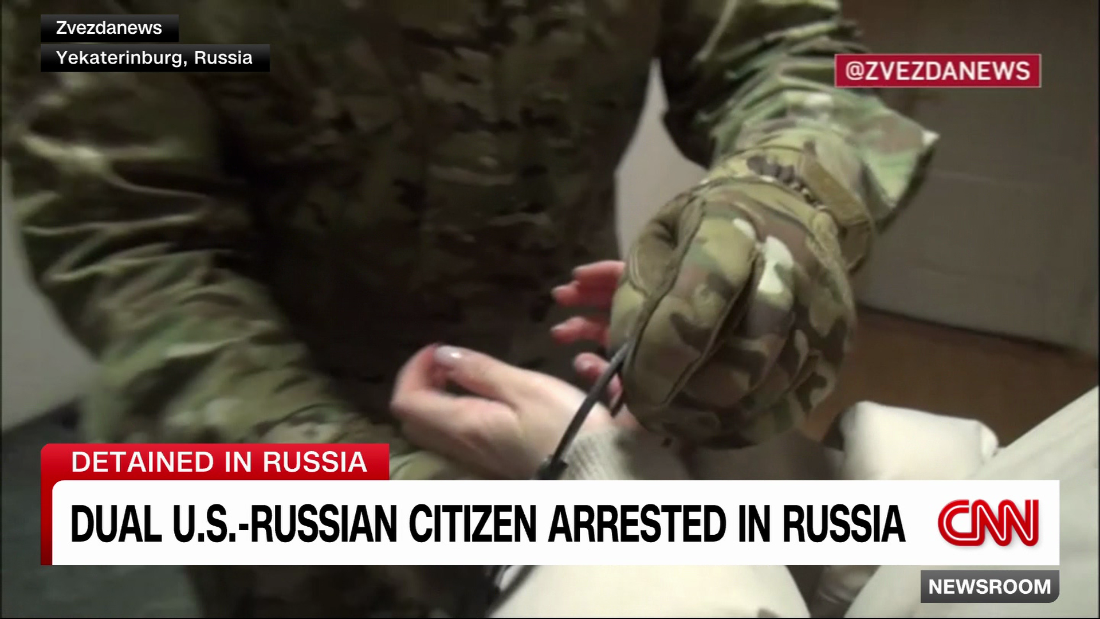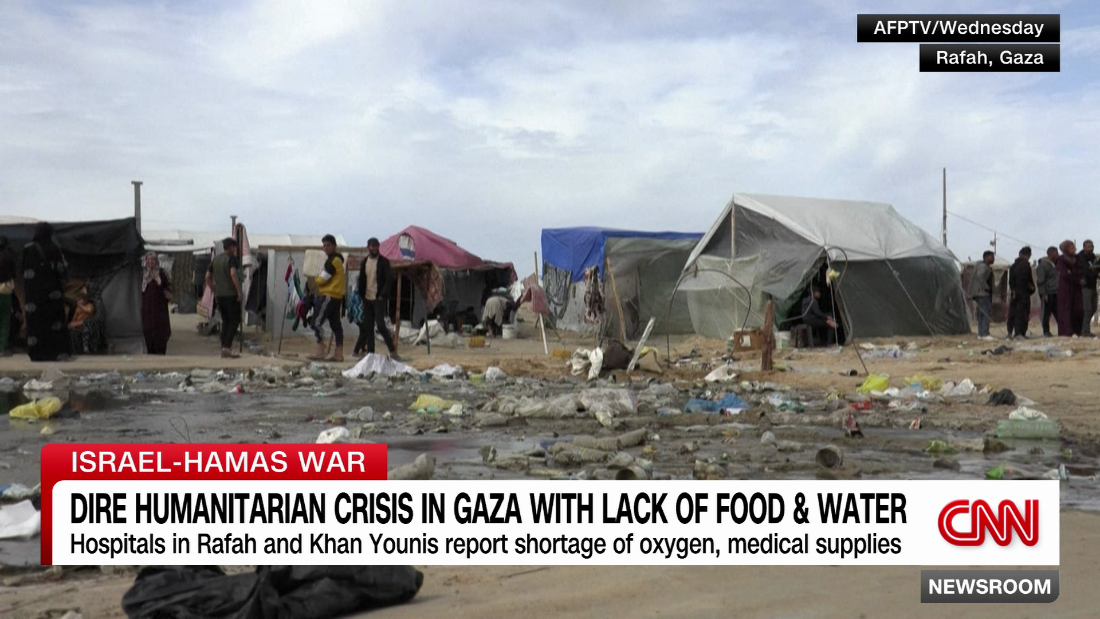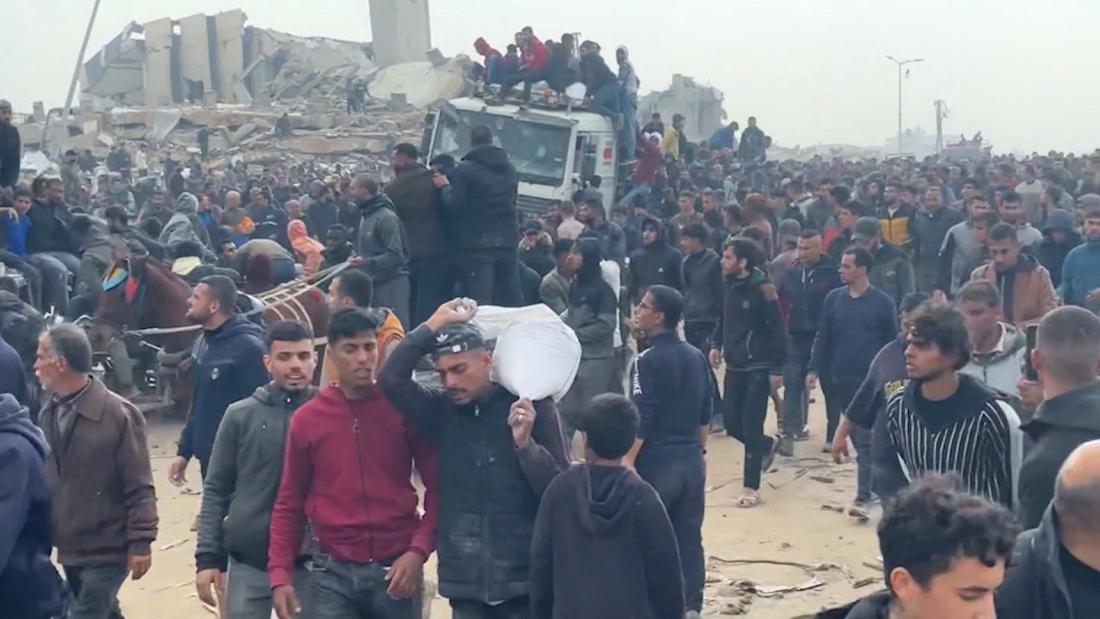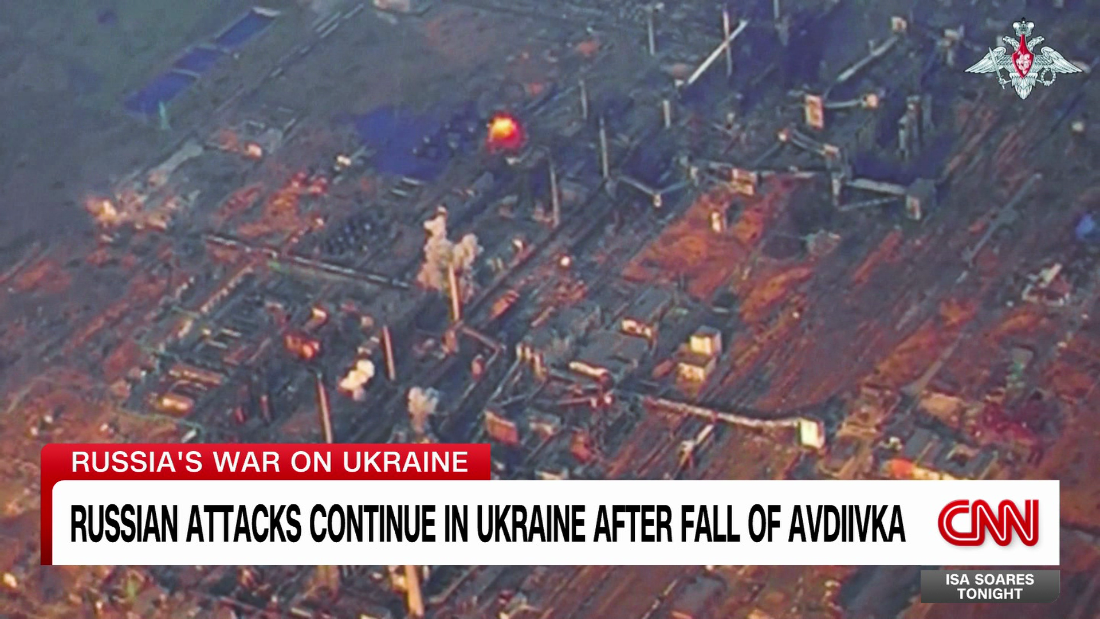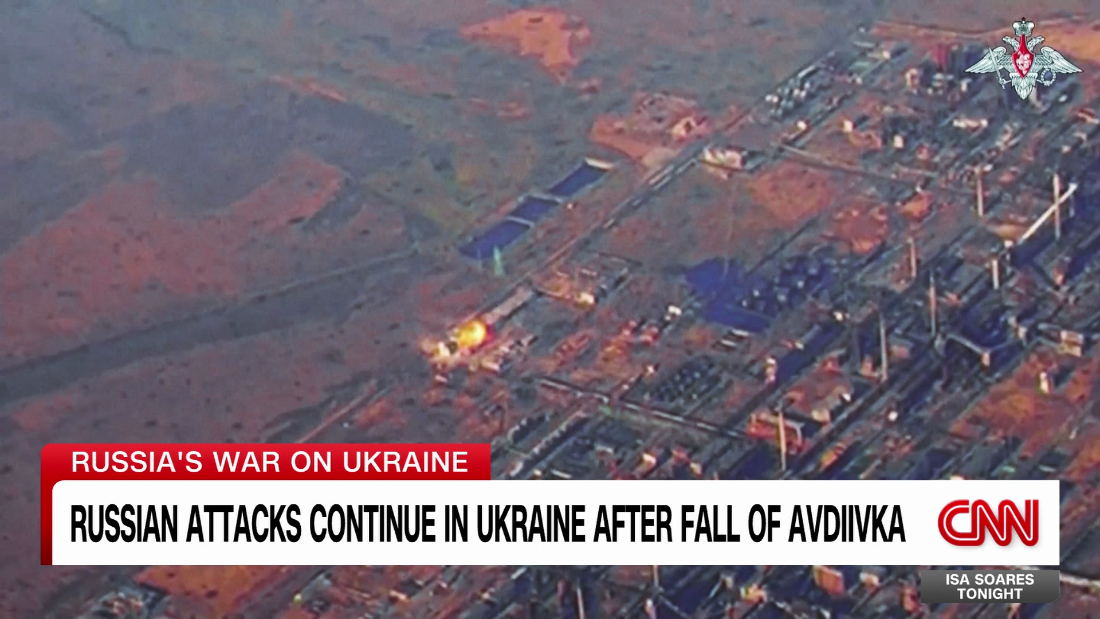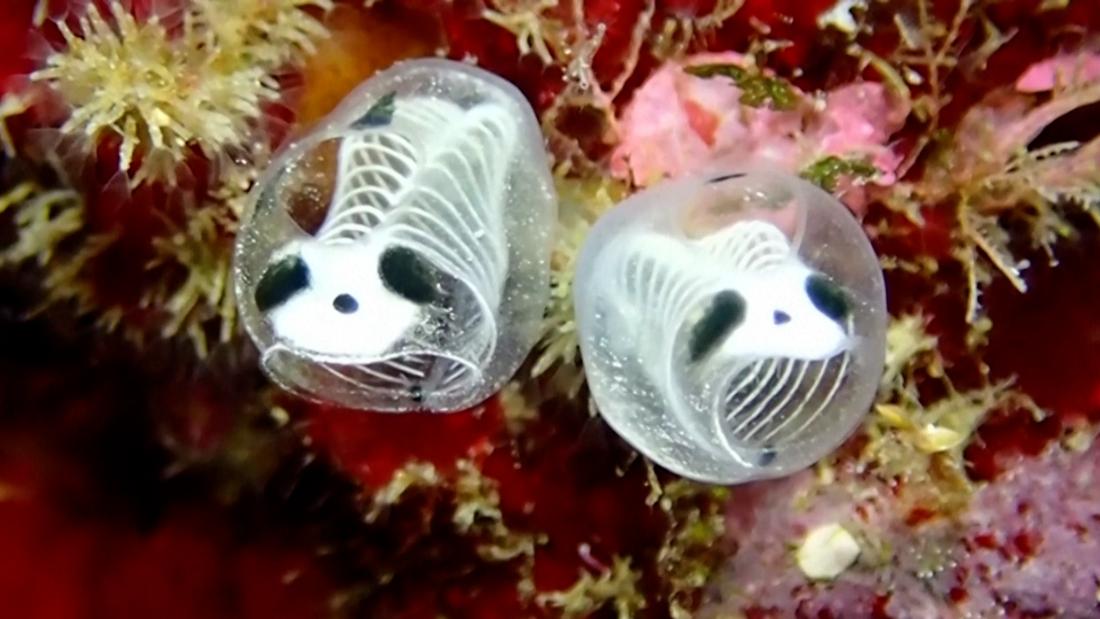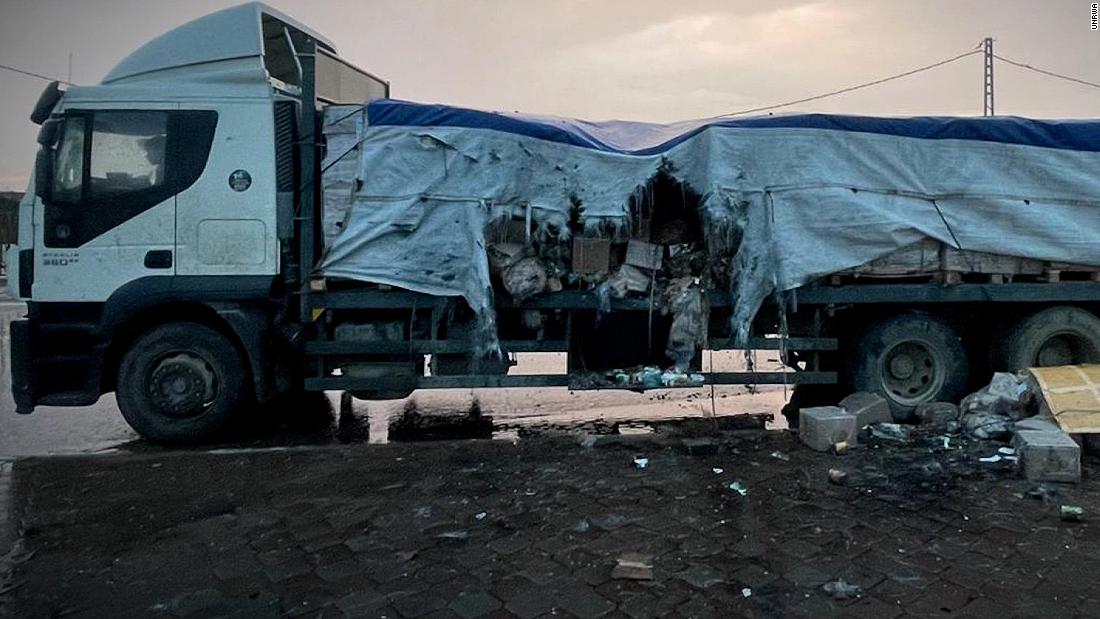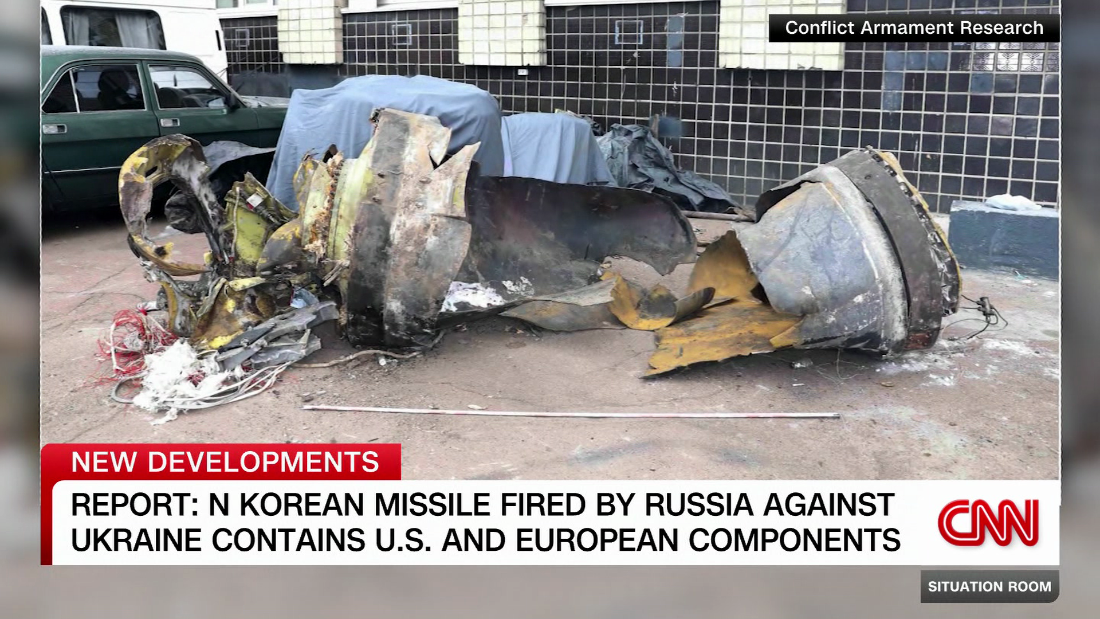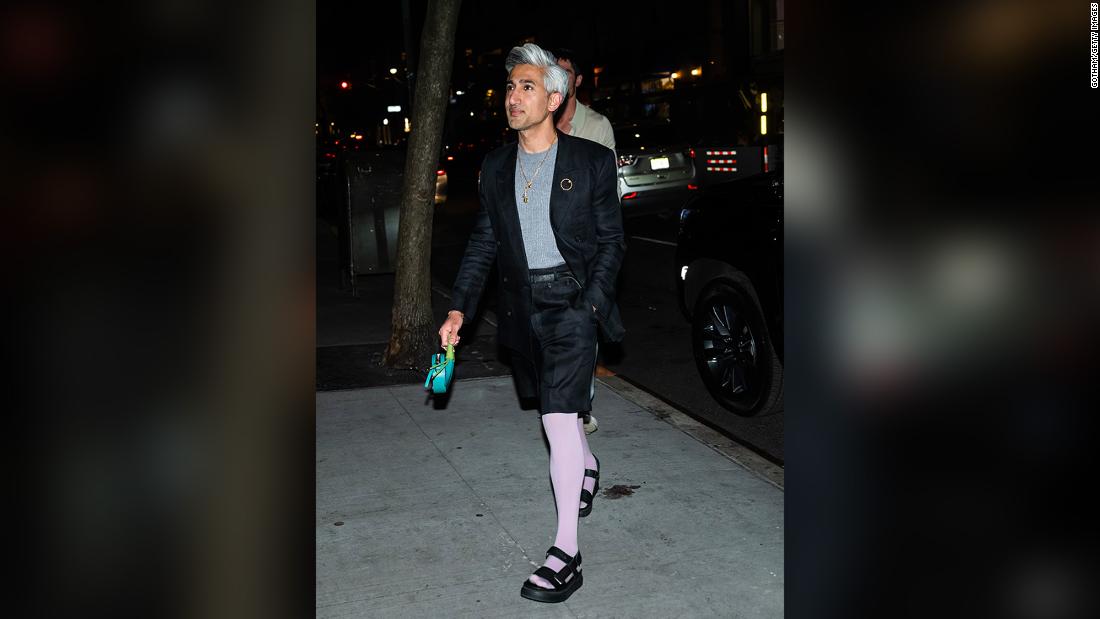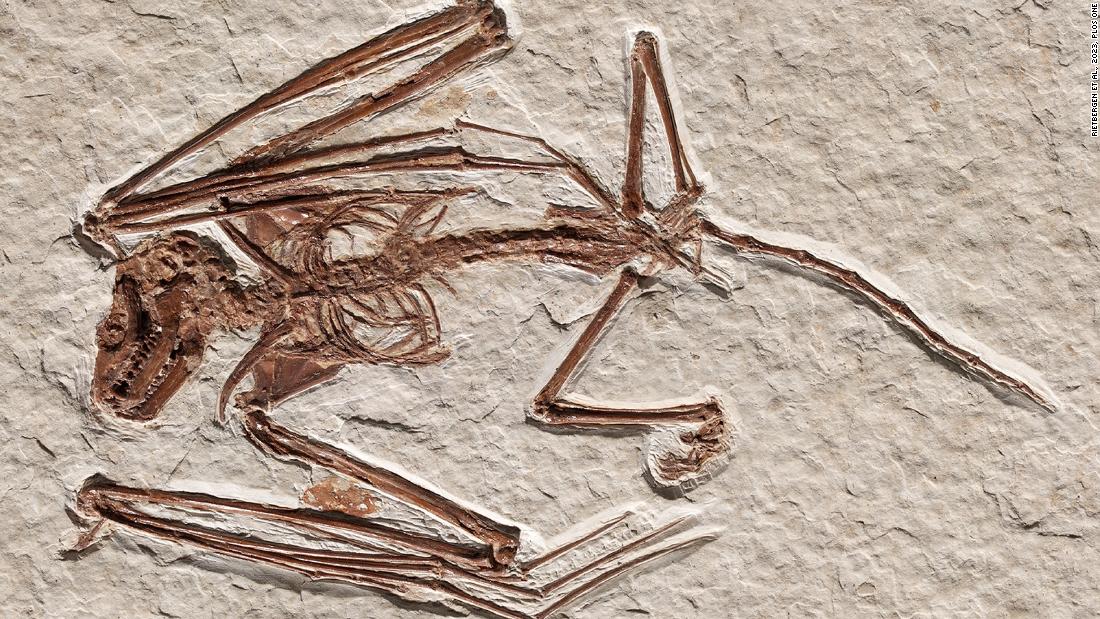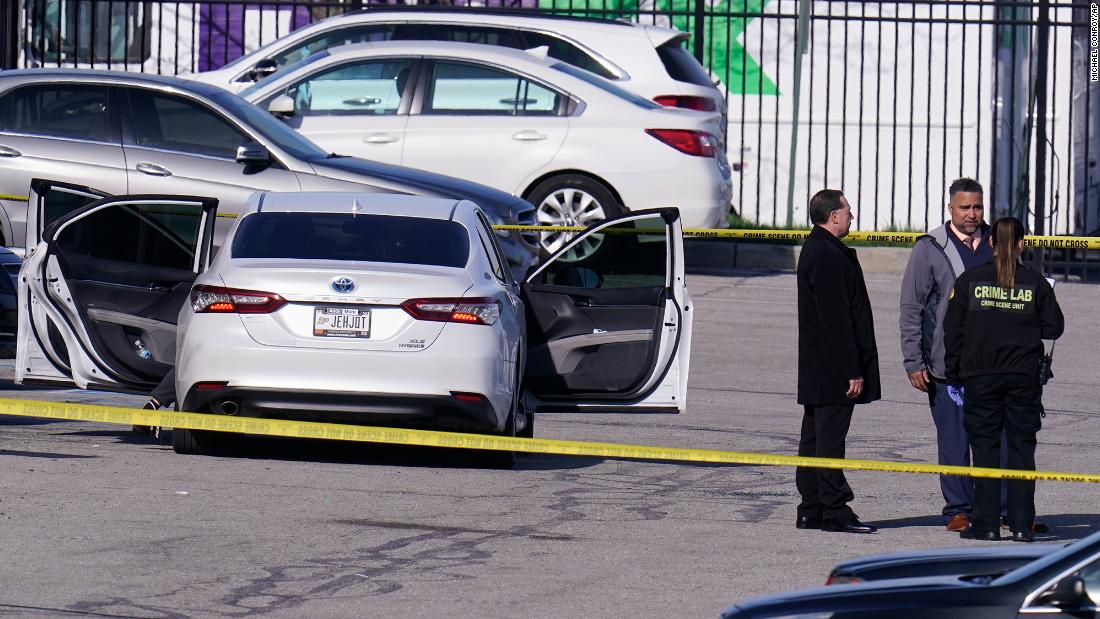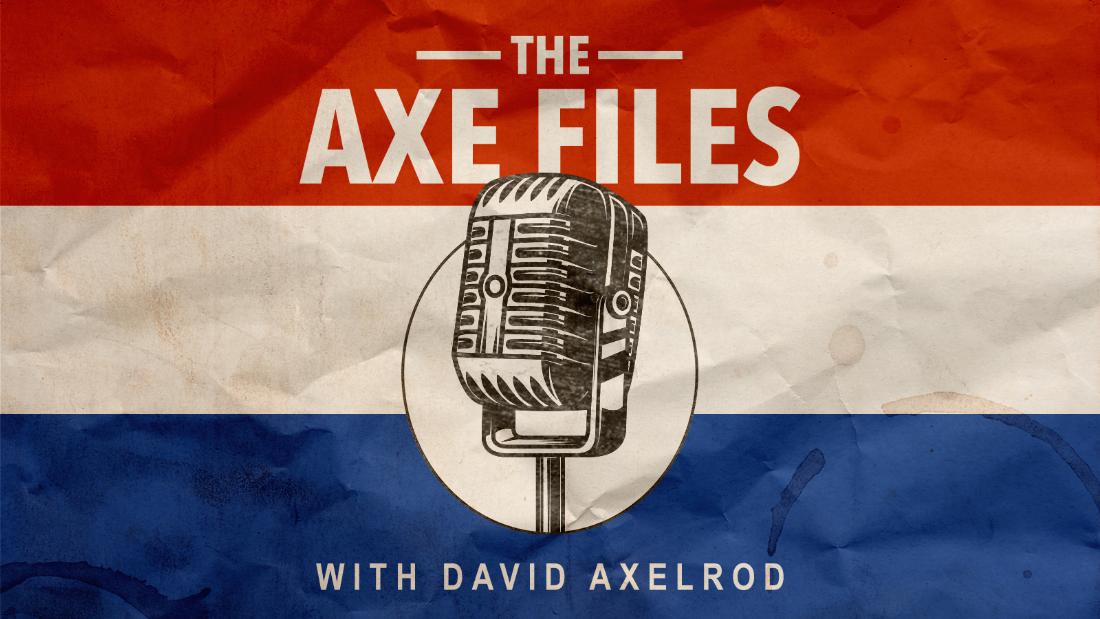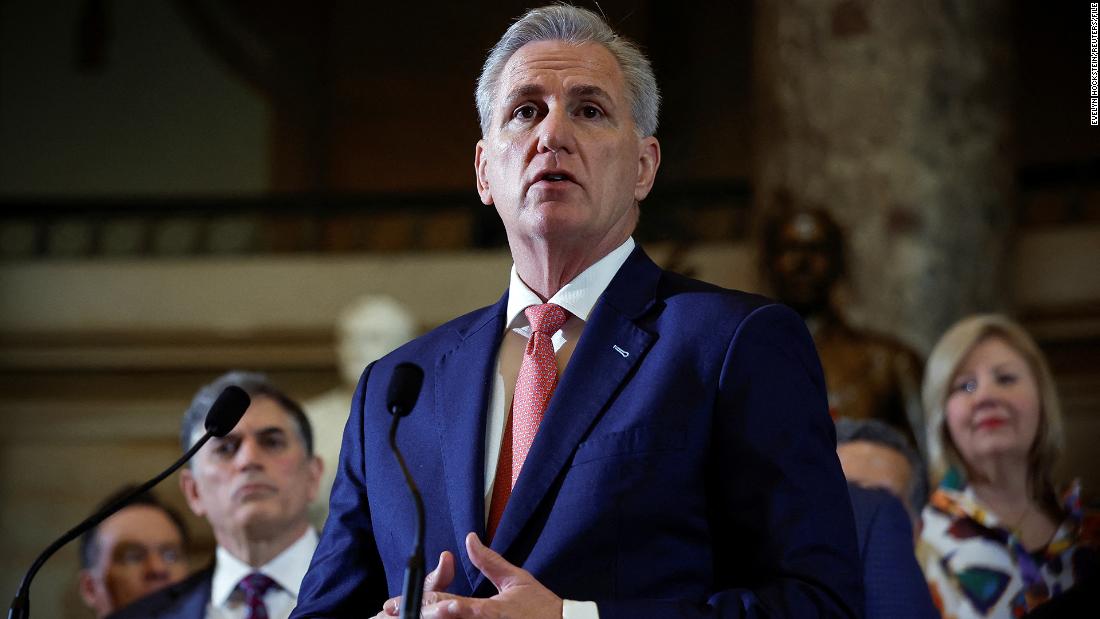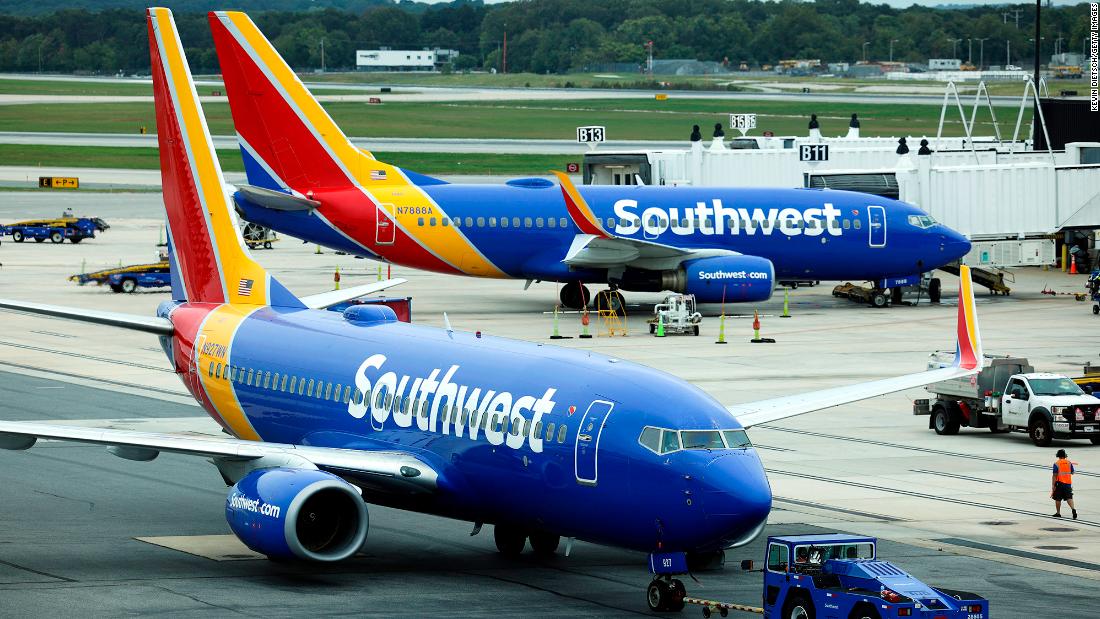POLAND is building Europe’s mightiest military in a direct challenge to Vladimir Putin as the country readies itself to fight.
Prime Minister Donald Tusk today vowed to modernise the country’s already $35 billion-strong military after Russia’s “deliberate” drone invasion earlier this week.
A drone strike on a private building in Zhytomyr, northwestern UkraineGetty
AFPPoland has vowed to modernise its military as it faces increasing threats from Russia[/caption]
Prime Minister Donald Tusk speaks during at a government meeting in Warsaw after Russia’s incursion of Polish airspaceEPA
In an address to troops at an air base in the central city of Lask, he said Poland is due to receive its first F-35 fighter jets from the US next year.
It will be the first delivery of the 32 aircrafts expected by 2030 as the country continues to beef up its defence in the face of Russian threats.
Tusk said: “We will do everything to ensure that our allied obligations, which are so important from our point of view today, are fulfilled by our allies.”
It comes as Nato vowed to defend “every inch” of allied land after Kremlin drones invaded Polish airspace overnight – forcing Warsaw to shoot them down and trigger Nato Article 4, one below the threshold of war.
Article 4 is a clause in Nato’s founding treaty which states all allies must come together when the security or territory of one is threatened.
Since 2022, Poland has bought “hundreds” of tanks, howitzers and rocket systems, making it one of Nato’s biggest military powers.
It has an estimated $60 billion worth of equipment bought from the US, including 96 helicopters.
Mariusz Błaszczak, the country’s defence minister, previously made it clear the build-up is intended as a warning to the Kremlin.
And as Russian drones sailed into Polish airspace – in what Tusk called the country’s “closest to conflict since WW2” – it’s clear Poland is not taking any chances.
Last year alone, the country committed over 4 per cent of its GDP to Nato and ramped up its military spending to $35 billion.
It’s now one of the highest Nato contributors, allocating over double the UK’s two per cent spending.
PM Tusk even revealed plans to fortify its eastern border in a program that has been dubbed one of the country’s most significant investments in national security since WW2.
The mega initiative, known as East Shield, will launch by 2028 and secure Poland’s borders with Belarus and Russia’s Kaliningrad.
And that’s not all.
Last year, Poland joined a scheme to create an advanced air defence system that will cover the entire continent, much like Israel‘s Iron Dome.
Russian propagandists have often bragged that Poland is next on Putin’s hit list after Ukraine.
What is Article 4?
ARTICLE 4 is a clause in Nato’s founding treaty which states all allies must come together when the security or territory of one is threatened.
Under this clause, members can bring any issue of concern to the table to be discussed.
Since the Alliance’s creation in 1949, Article 4 has been invoked eight times.
Following Russia’s drone incursion into Polish air space, PM Tusk made a request for Article 4 and said: “Allies are resolved to defend every inch of allied territory.”
Nato chief Mark Rutte said the Security Council met yesterday morning to discuss Poland’s request.
“They [Russia] attack if they see a weak spot,” Błaszczak said last year as Poland began its spending spree.
“There will not be a stronger country in Europe (than Poland) when it comes to artillery and armoured troops.
“We will have the strongest land forces of all the European NATO states.”
FRAUGHT HISTORY
Poland has a long history of war with Russia – stretching back hundreds of years to the time of Ivan the Terrible – and has often been on the frontline defending Europe against Moscow.
In 1920, the country was credited with stopping the spread of Communism into Europe when its armies turned back Trotsky in a battle known as “The Miracle on the Vistula”.
Less than 20 years later, the joint invasion of Poland by Stalin’s Soviets and Hitler’s Nazis began the Second World War, with the country occupied by the USSR until 1989.
So when Putin invaded Ukraine last year saying he had come to reclaim historic Russian lands, power brokers in Warsaw were under no illusions that they were also in danger.
Putin has denied the drones intentionally entered Polish airspaceAFP
AFPA Polish Leopard tank taking part in a military exercise[/caption]
Polish soldiers take part in a military parade in WarsawGetty Images
Within weeks, Warsaw had put pen to paper on a deal to buy 250 American Abrams tanks and later increased that to 336, with 116 to be delivered as soon as possible.
Diplomats then went halfway around the world to sign another deal for 1,000 K-2 tanks from Korea.
Once they arrive it will make Poland Europe’s largest tank force, with more armour at its disposal than every other European NATO member combined.
Poland then asked the US for 500 HIMARS systems, having watched just a handful of the long-range rocket artillery wreak havoc on Russian forces in Ukraine.
When American arms giant Lockheed Martin said it could only supply 200 of them, Warsaw again turned to Korea to fill the gap.
Army chiefs ended up buying 288 K239 Chunmoo rocket launchers from Seoul in addition to 18 HIMARS systems, including long-range ATACMS rockets that Ukraine has been pleading for but has not been given.
A further deal with Seoul will give Poland 48 of its FA-50 fighter jets, in addition to 32 next-generation F-35 stealth fighters it bought from America in 2020.
But the spending spree did not stop there.
Poland sent a request to the US for six new Patriot anti-air batteries, and in September bought 96 Apache attack helicopters.
With a coastline on the Baltic Sea which is partly bordered by Russia, Warsaw also moved to bulk up its naval forces.
Just days after the war in Ukraine broke out, Poland sealed a £1.4bn deal with UK arms manufacturer Babcock for three new frigates.
The warships will be built in Poland and dubbed the Miecznik Class, but are effectively copycat versions of the Royal Navy’s Type 31 frigates.
EPAPoland´s President Karol Nawrocki has allocated over four per cent of the country’s GDP to Nato[/caption]
AFPPolish leopard tanks in training[/caption]
Polish troops take part in tactical and fire trainingGetty
Ukrainian rescuers working at the site of a drone strikeEPA Published: [#item_custom_pubDate]













